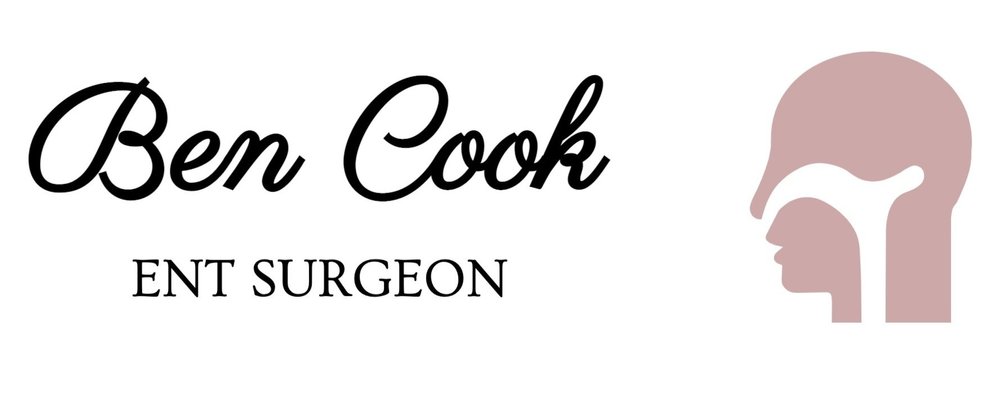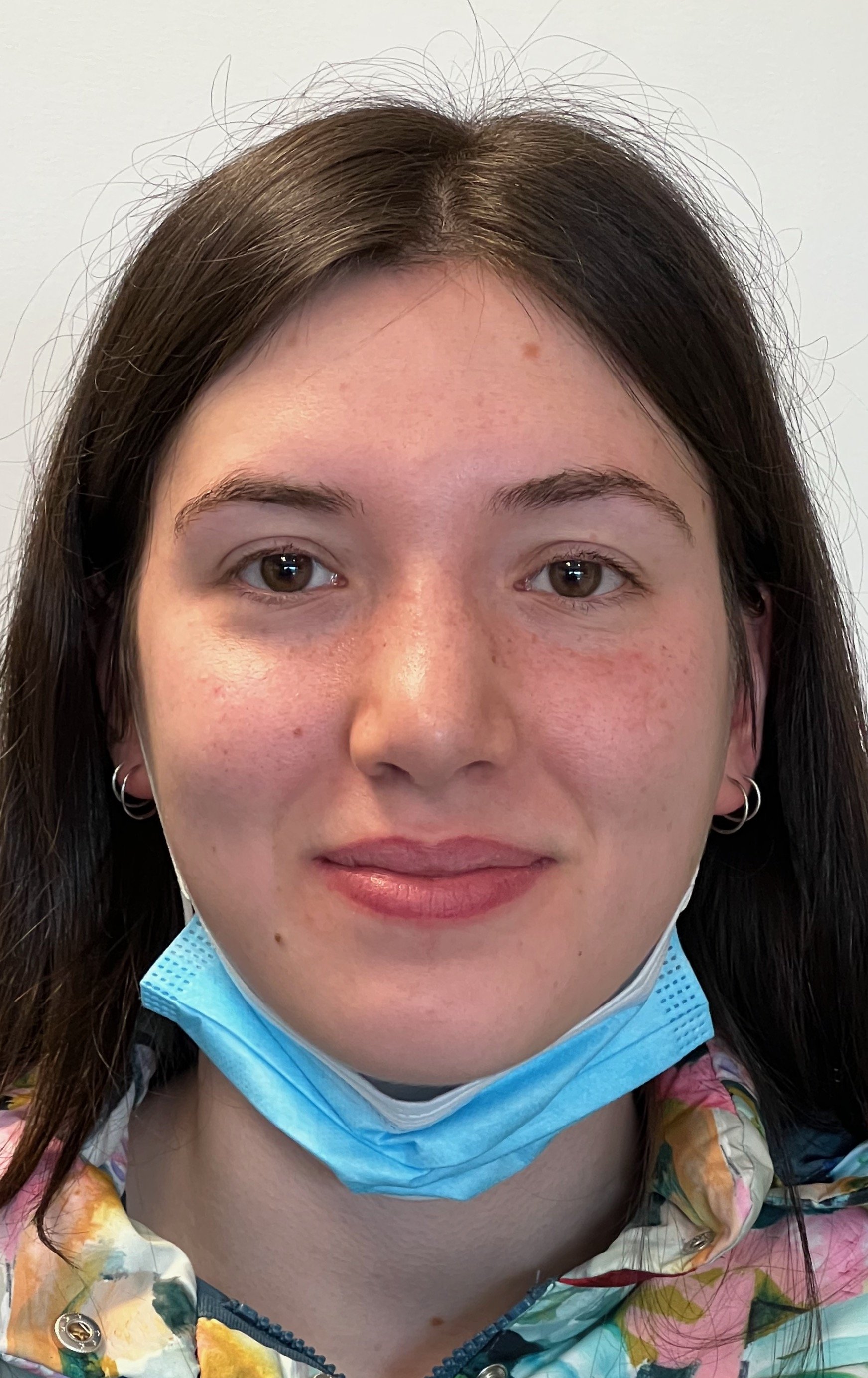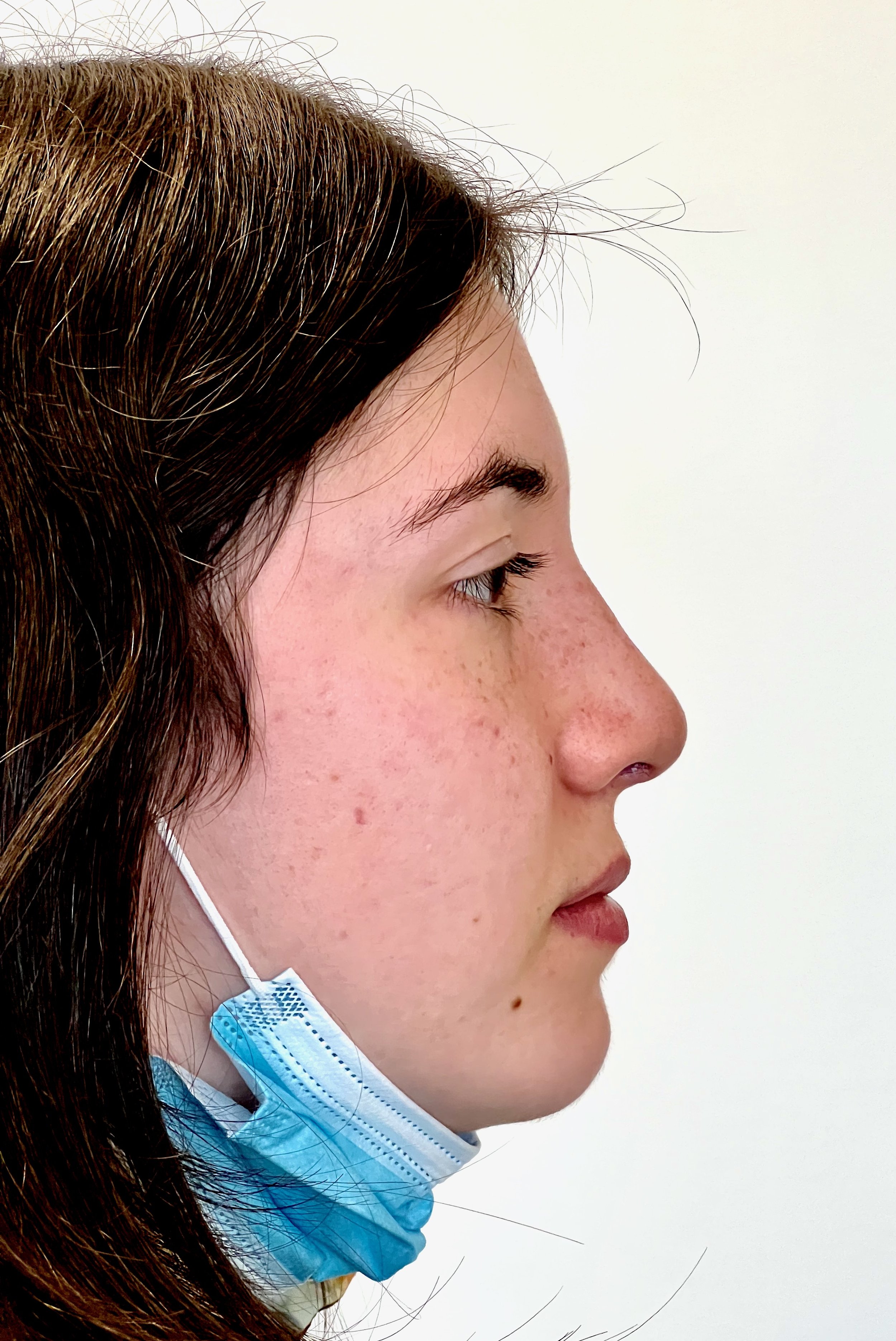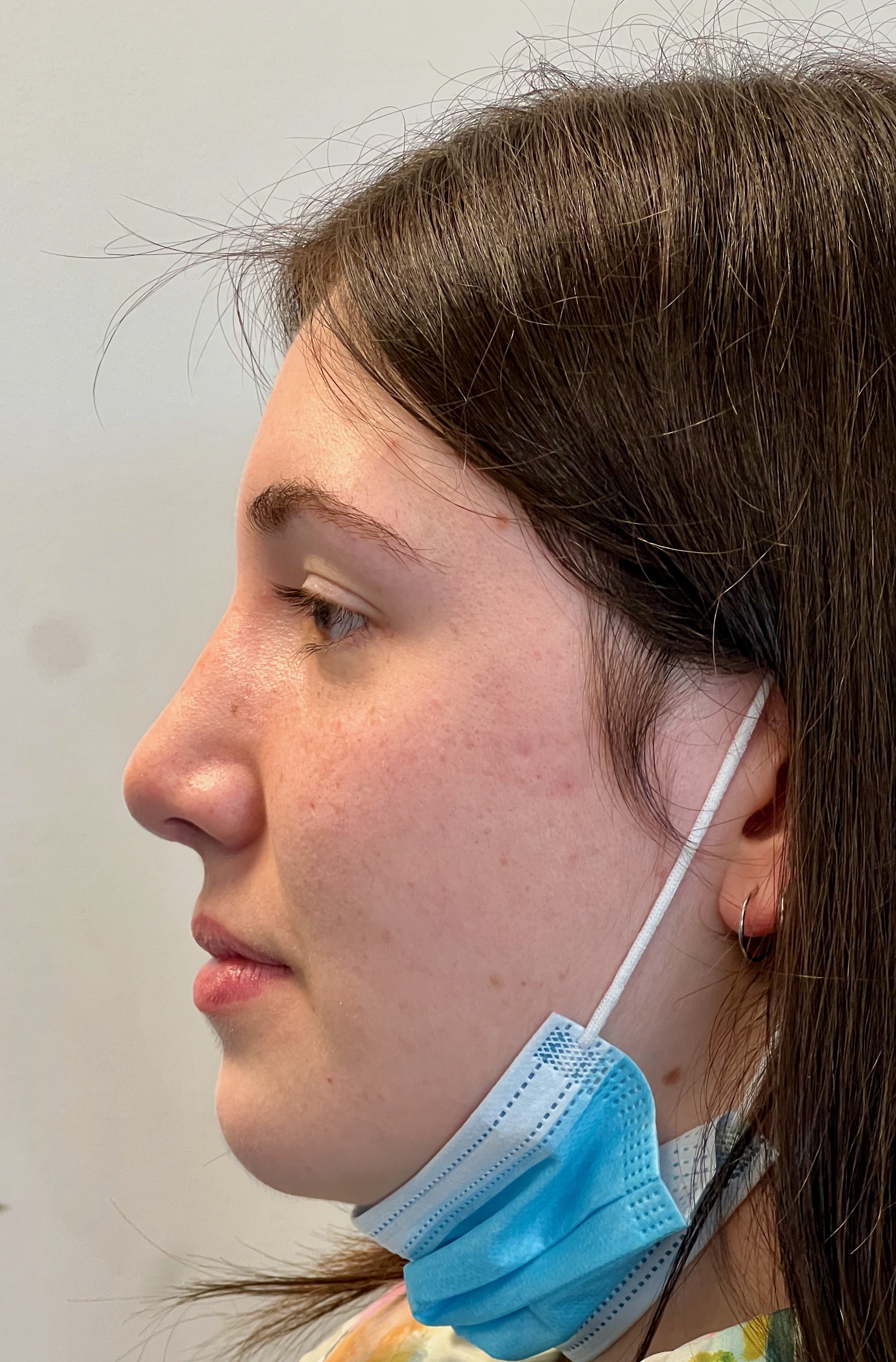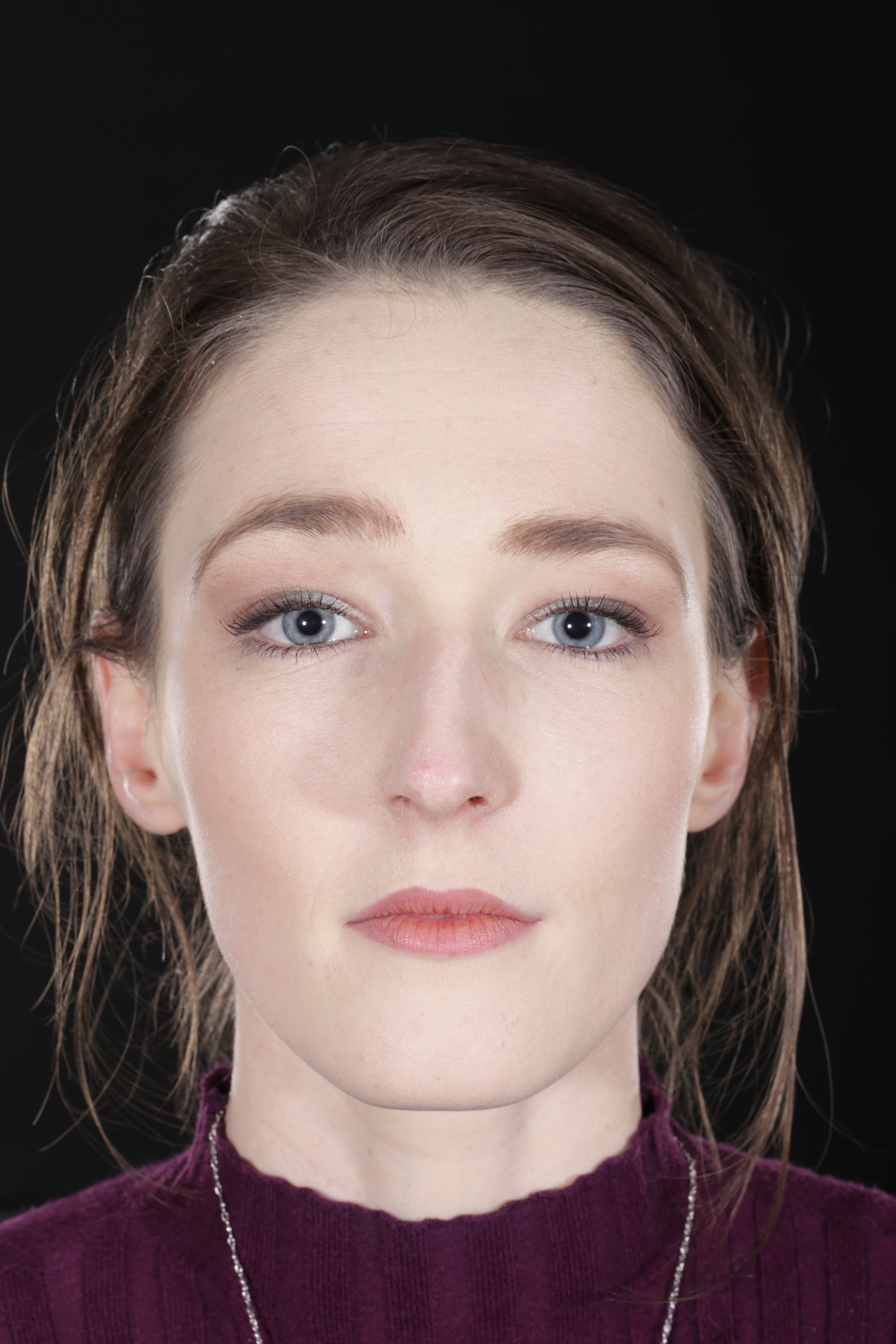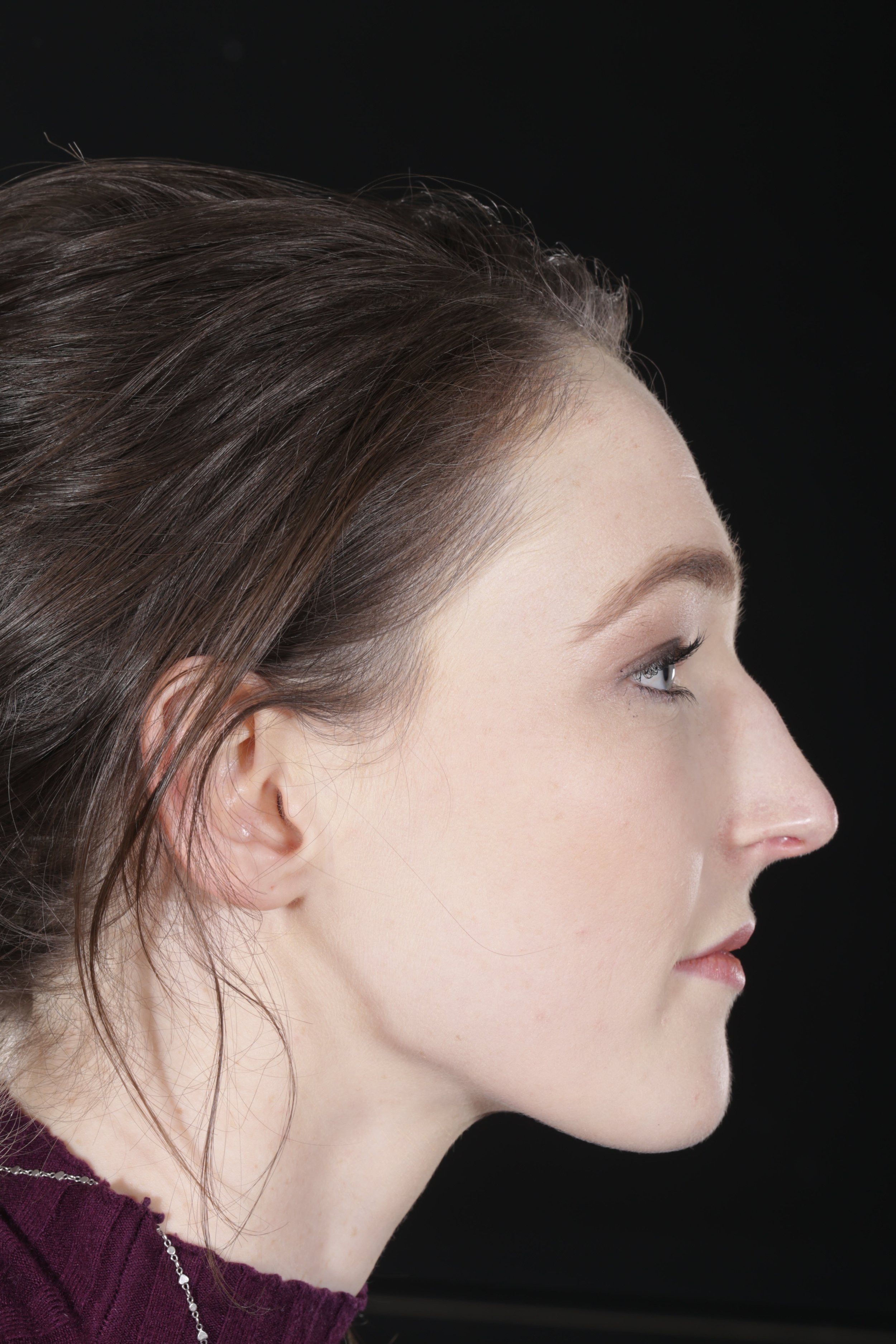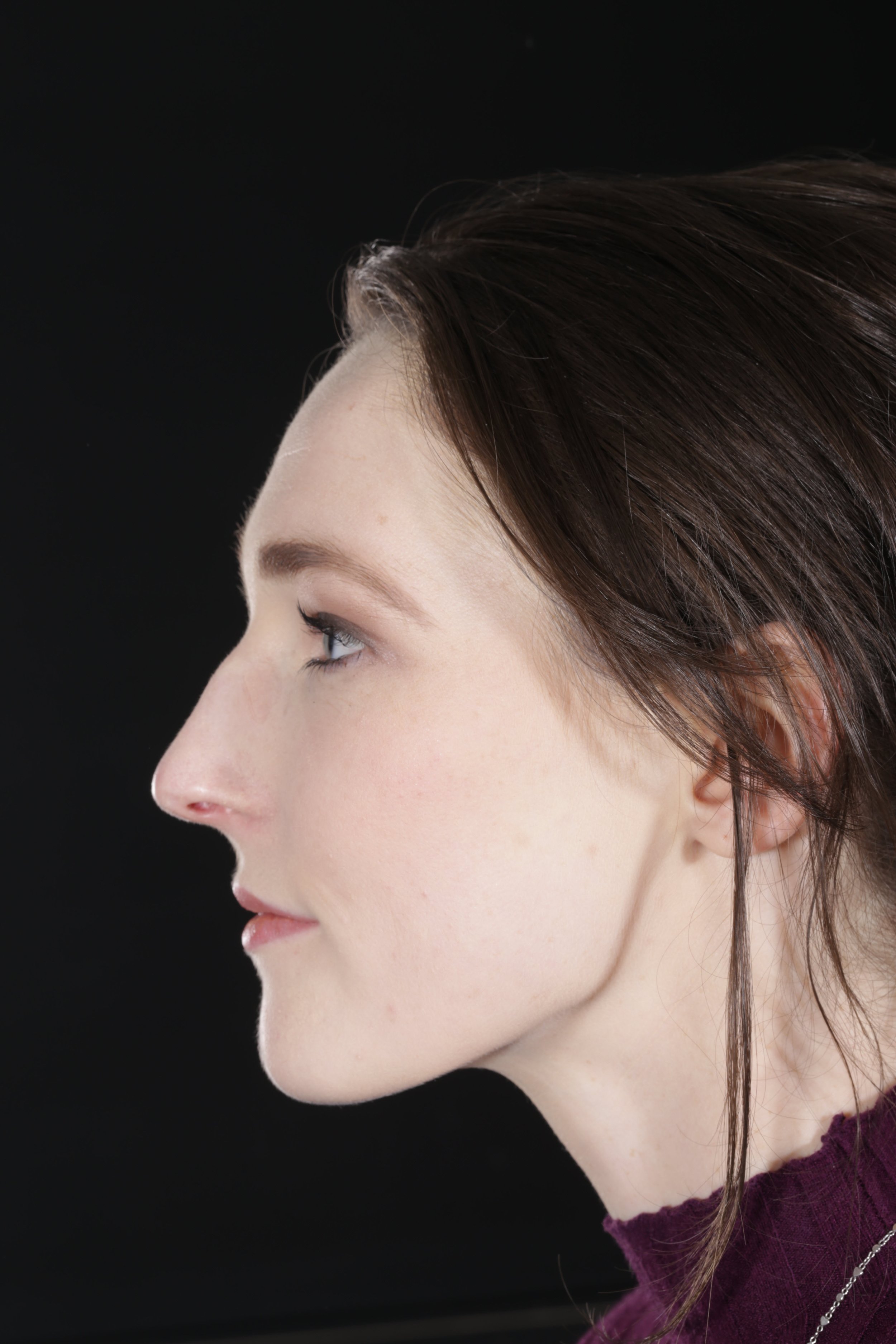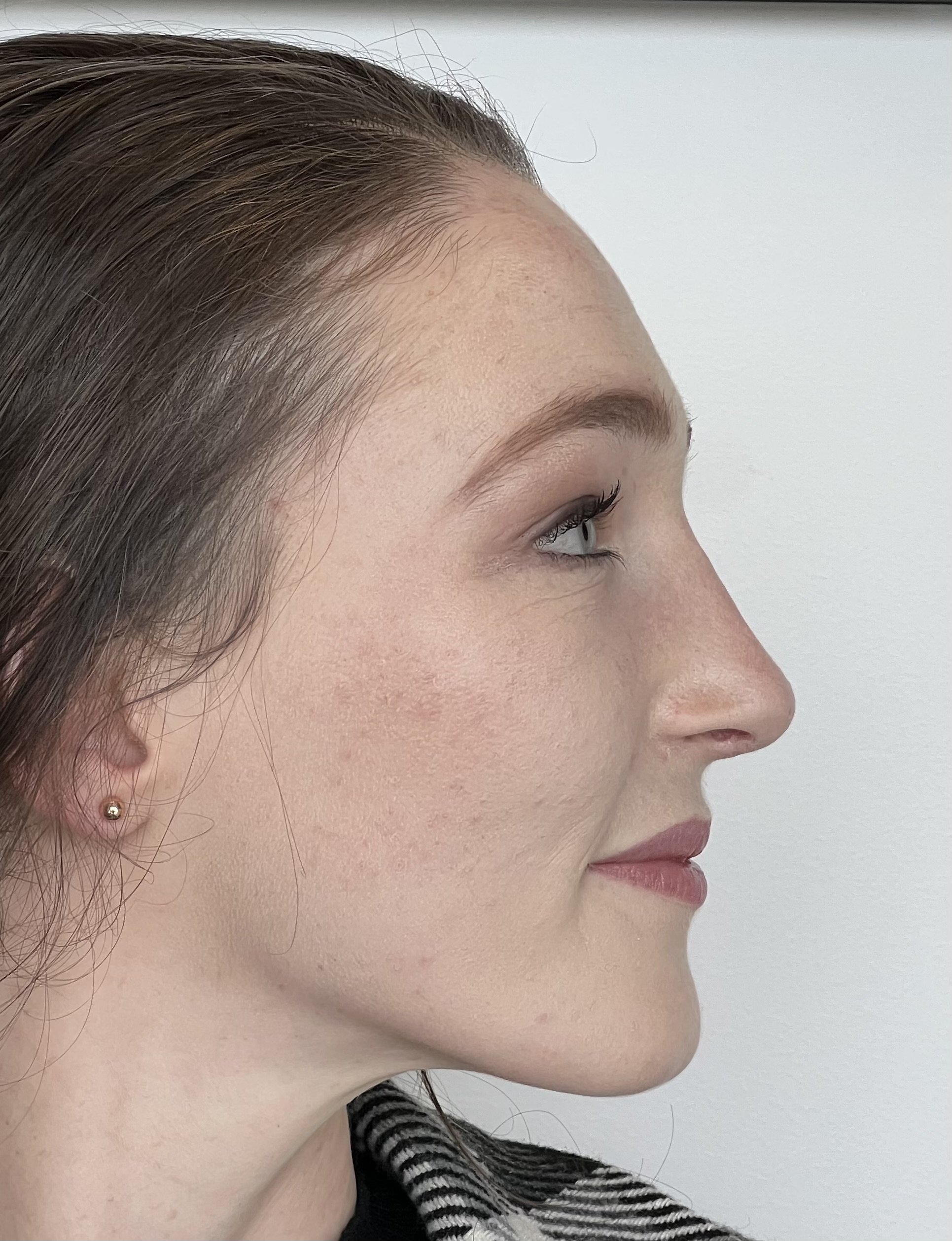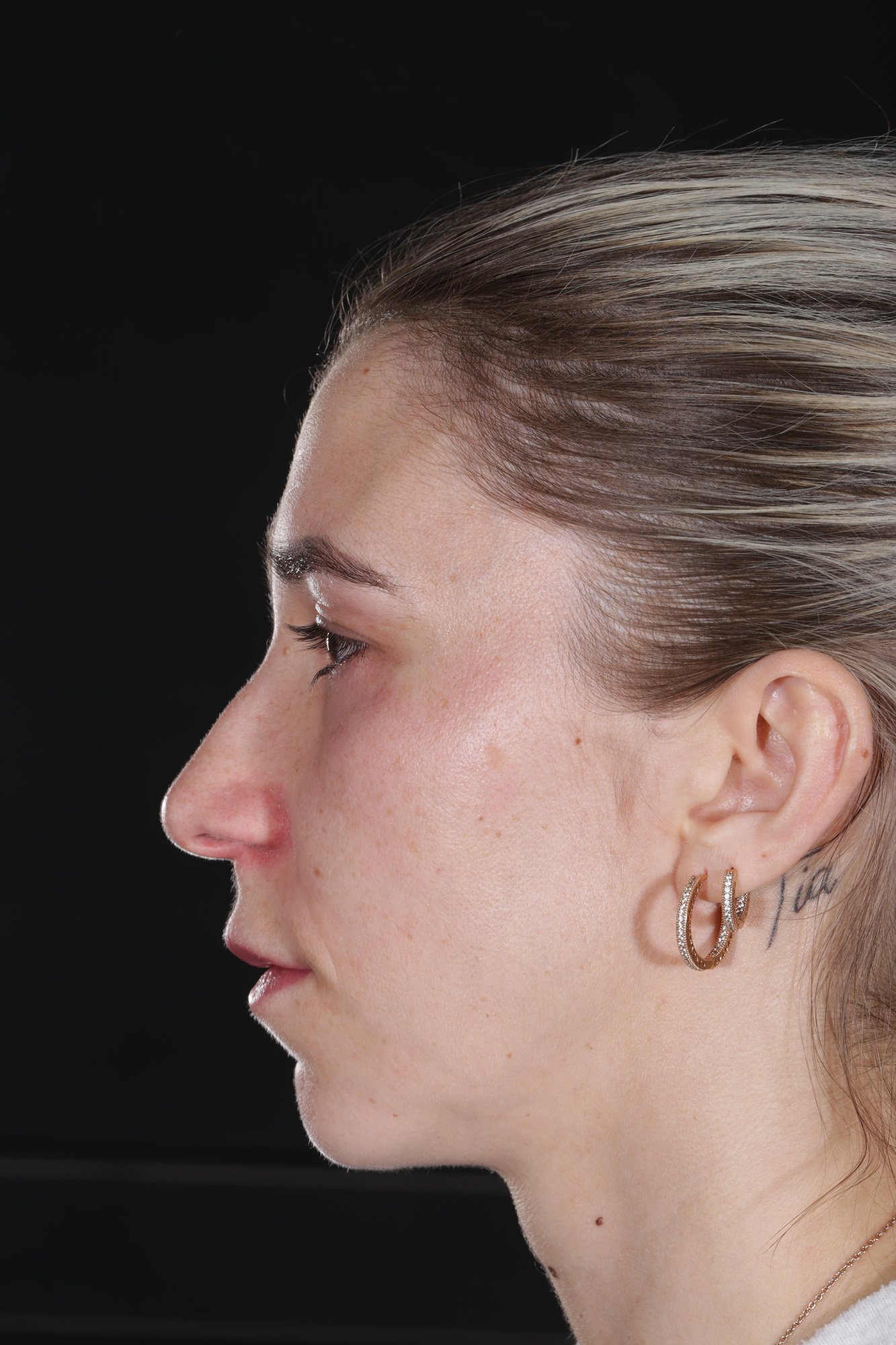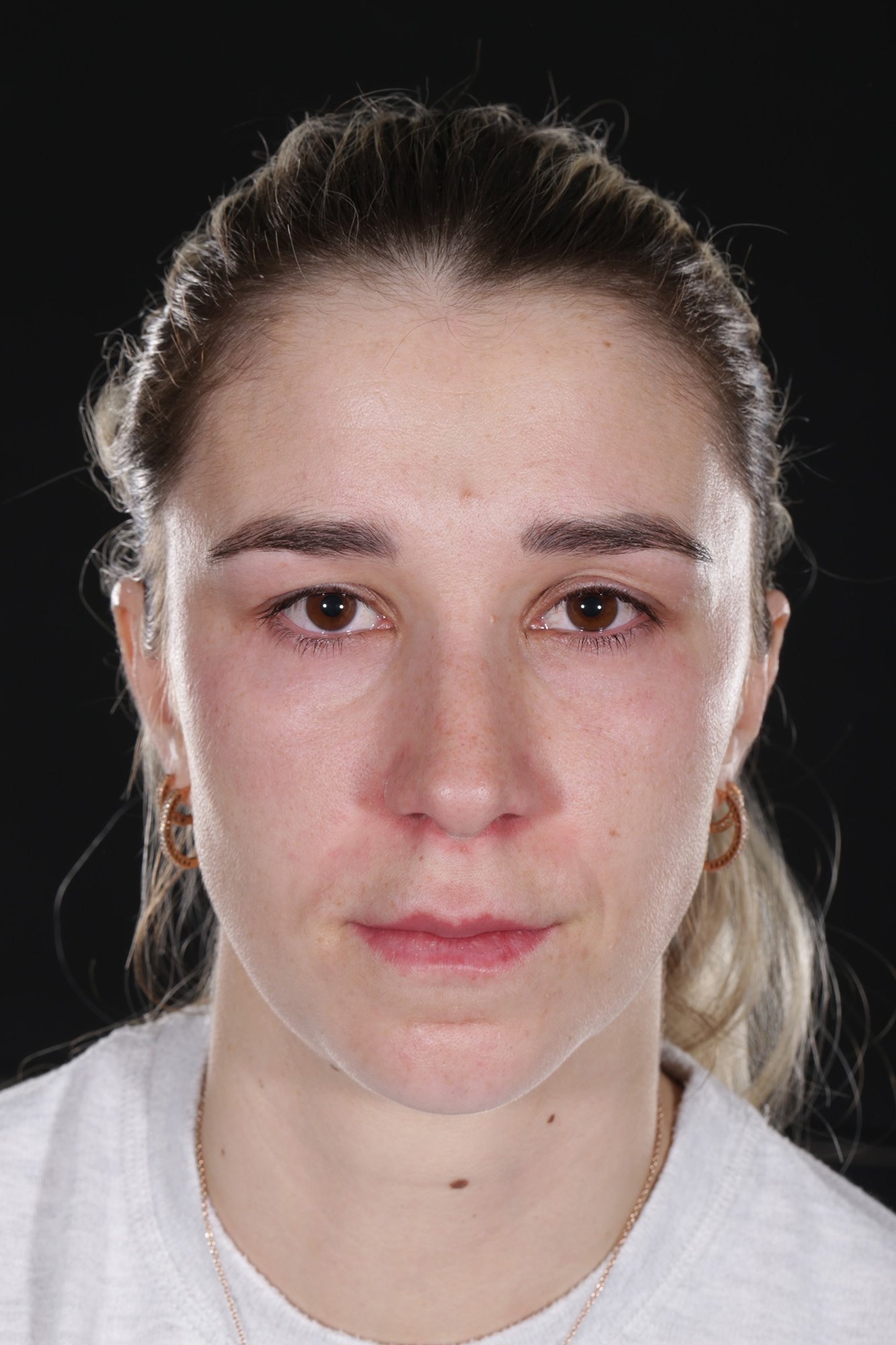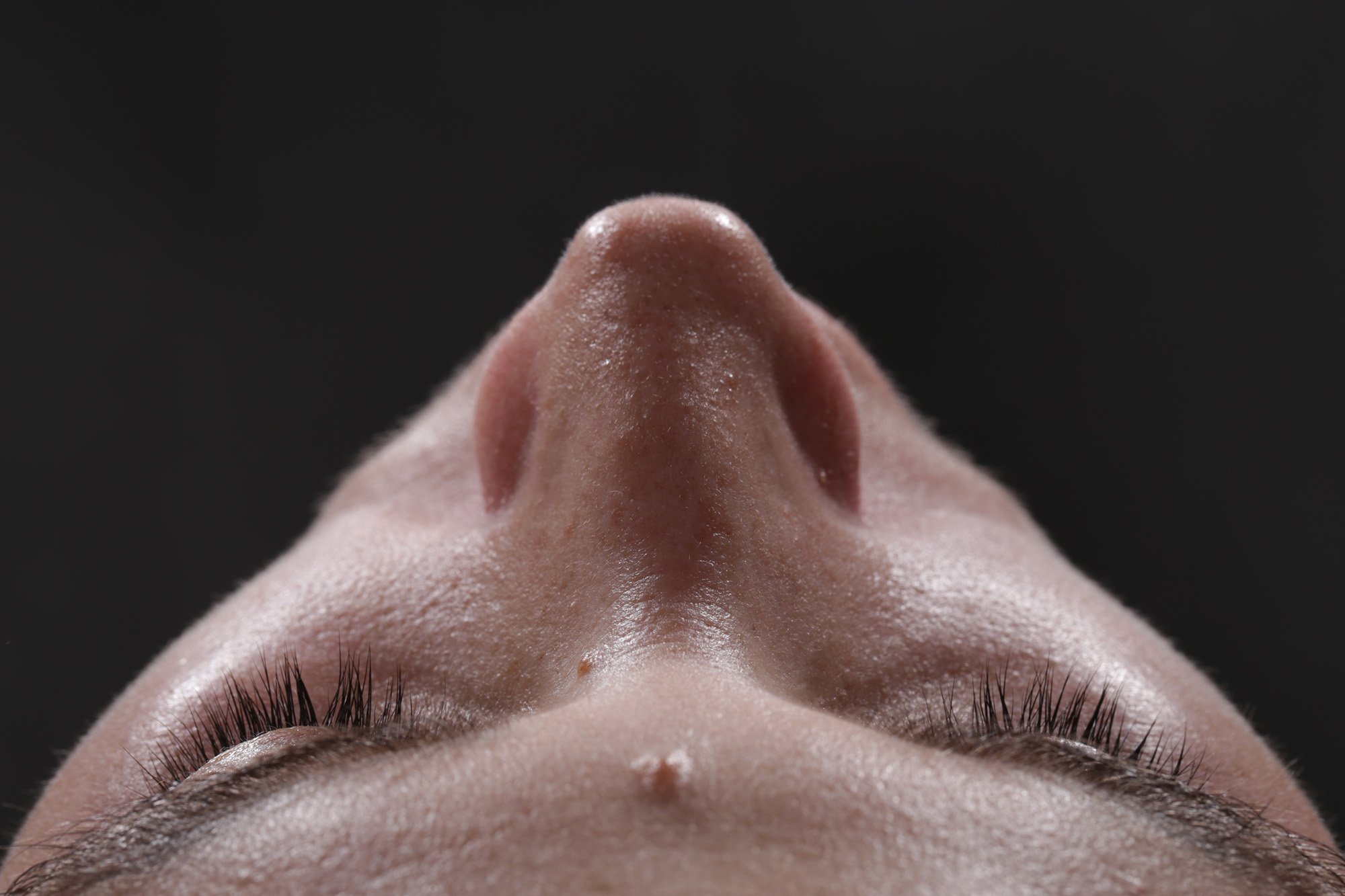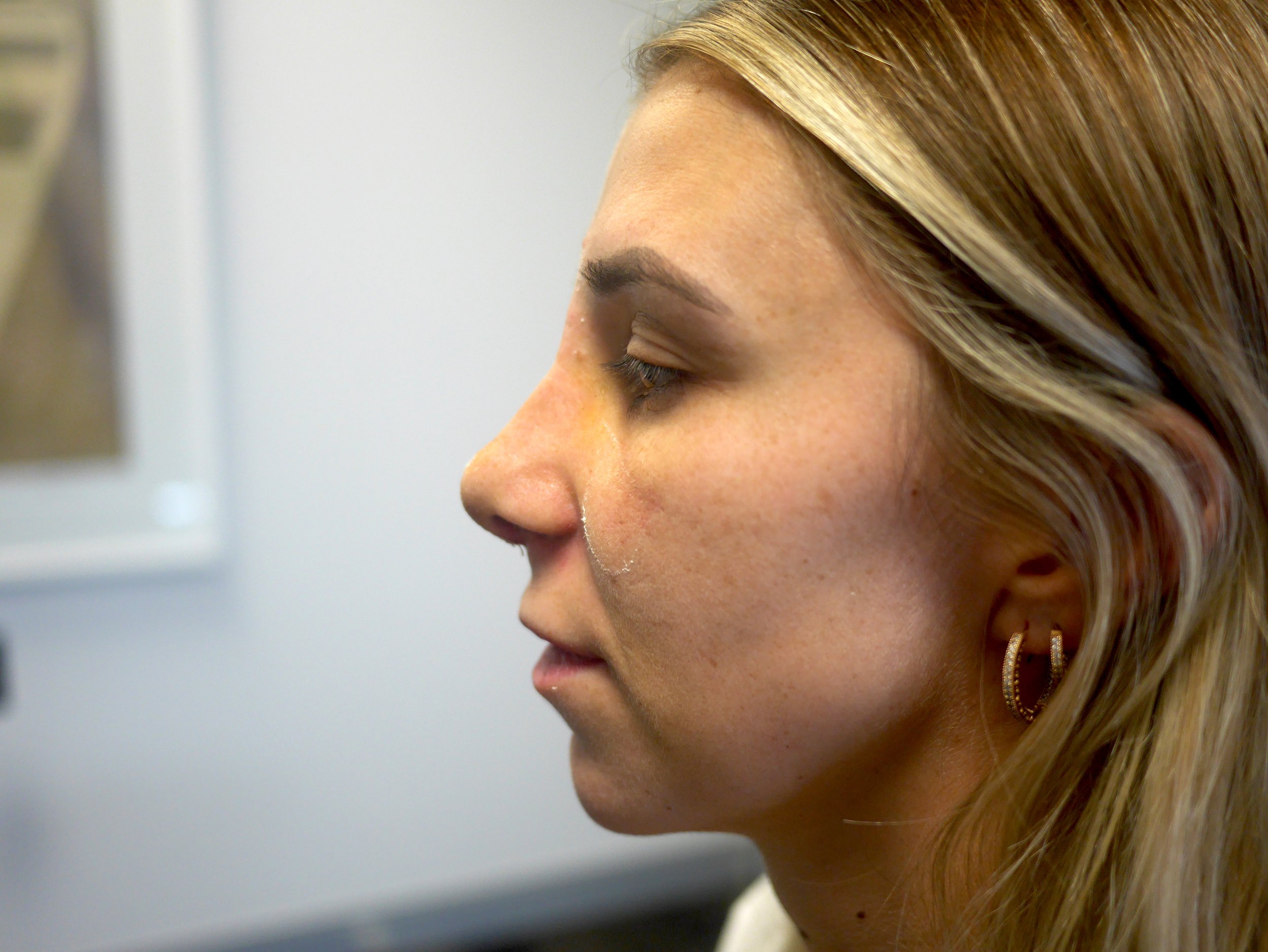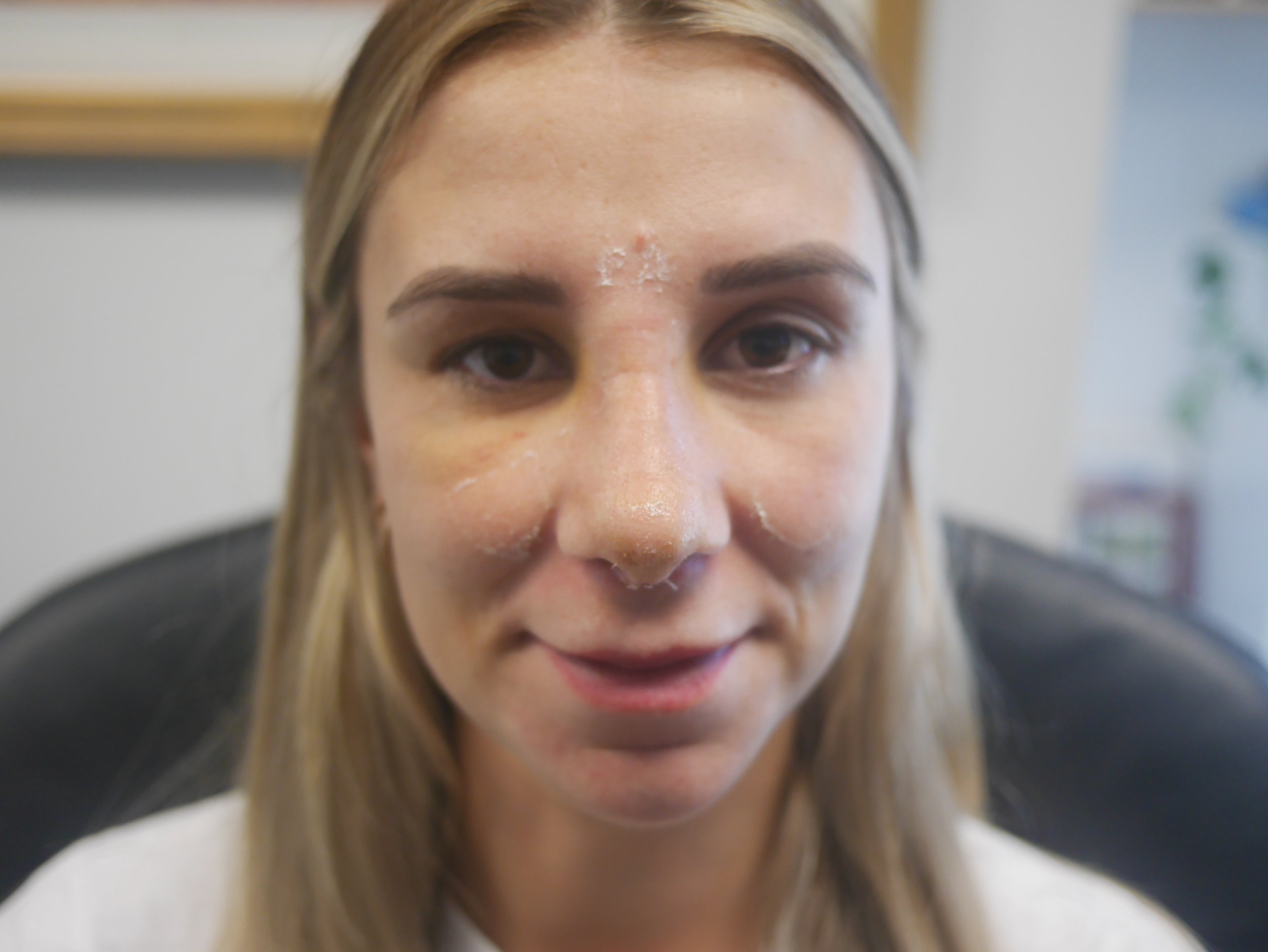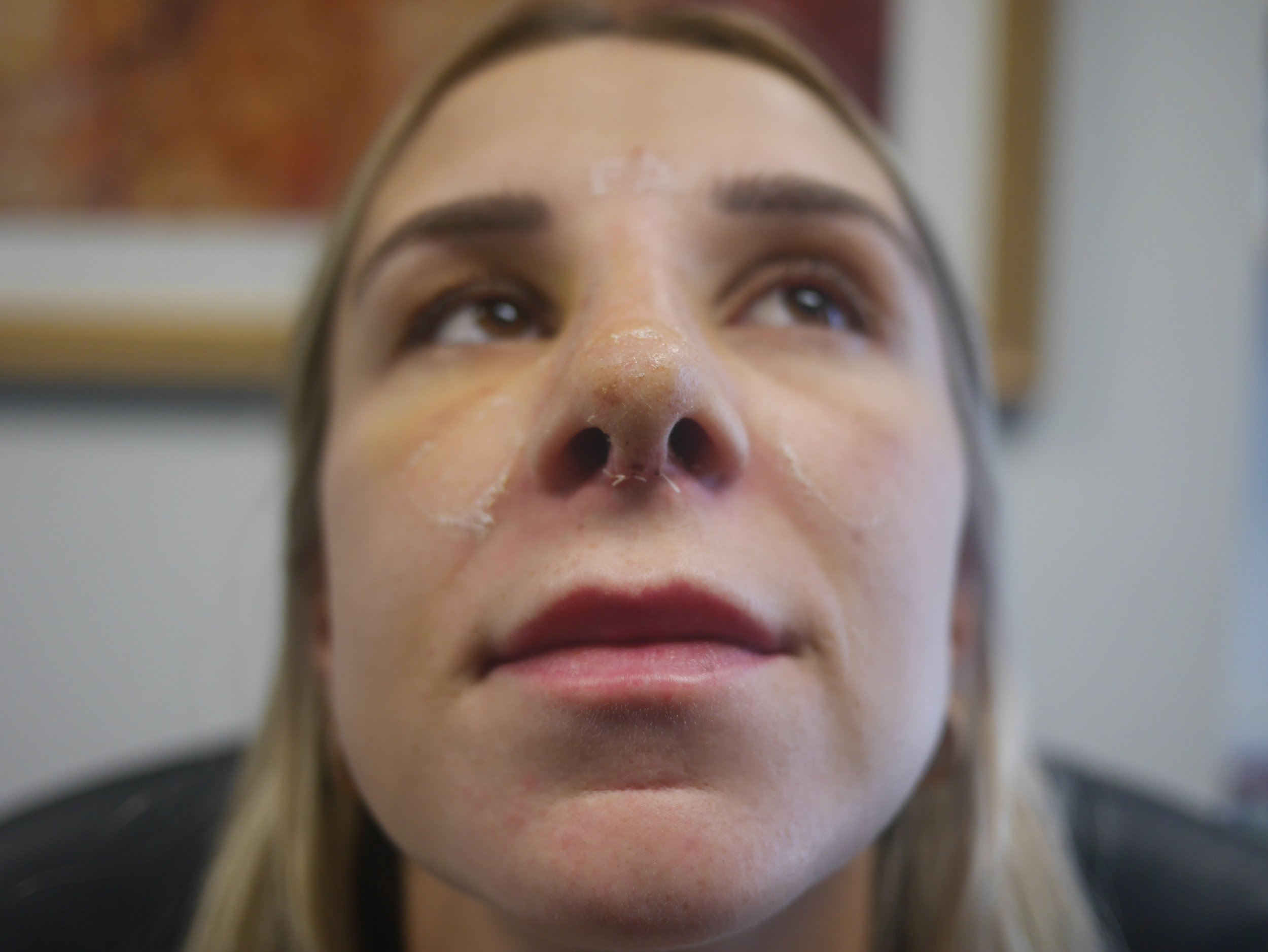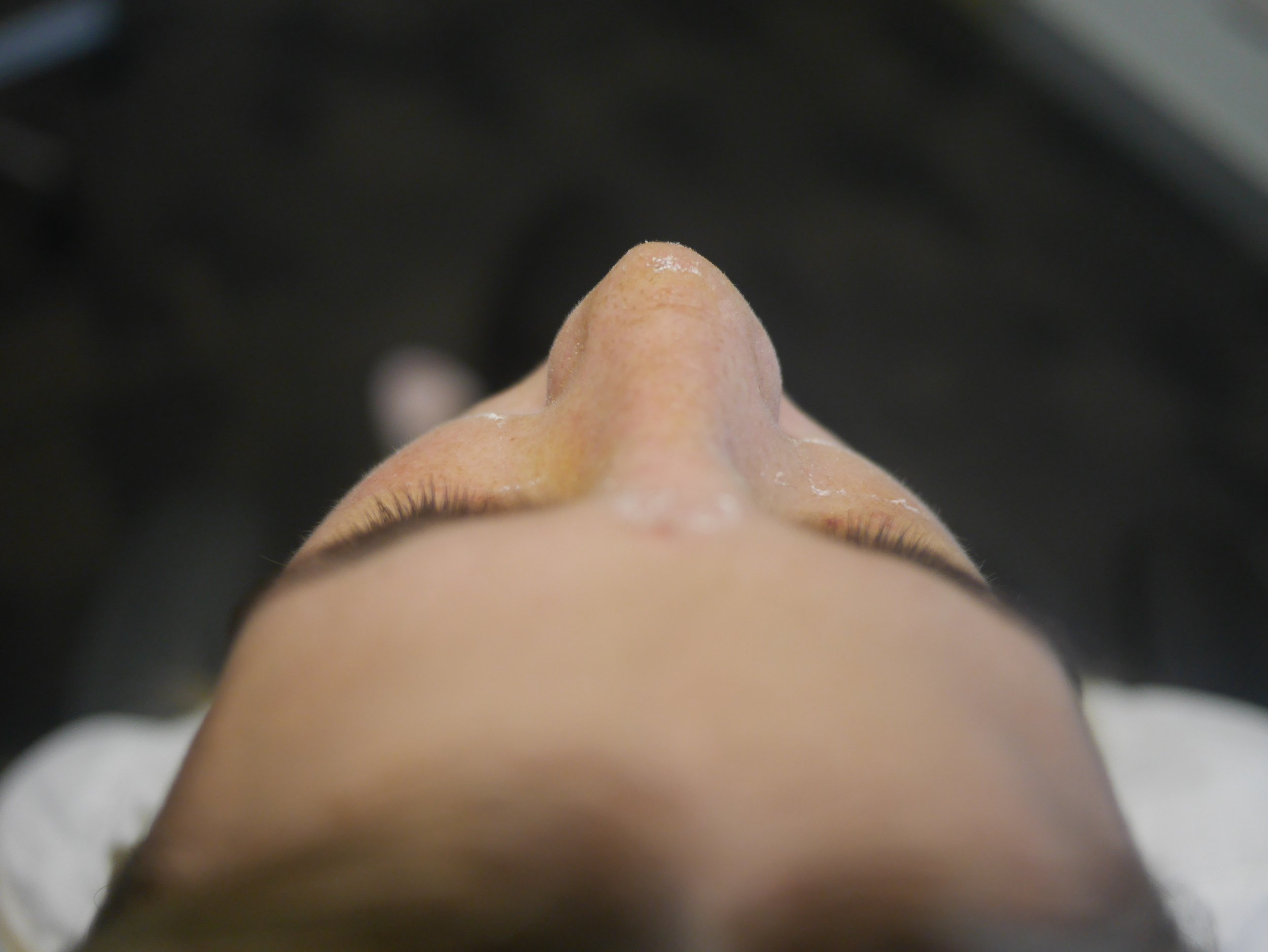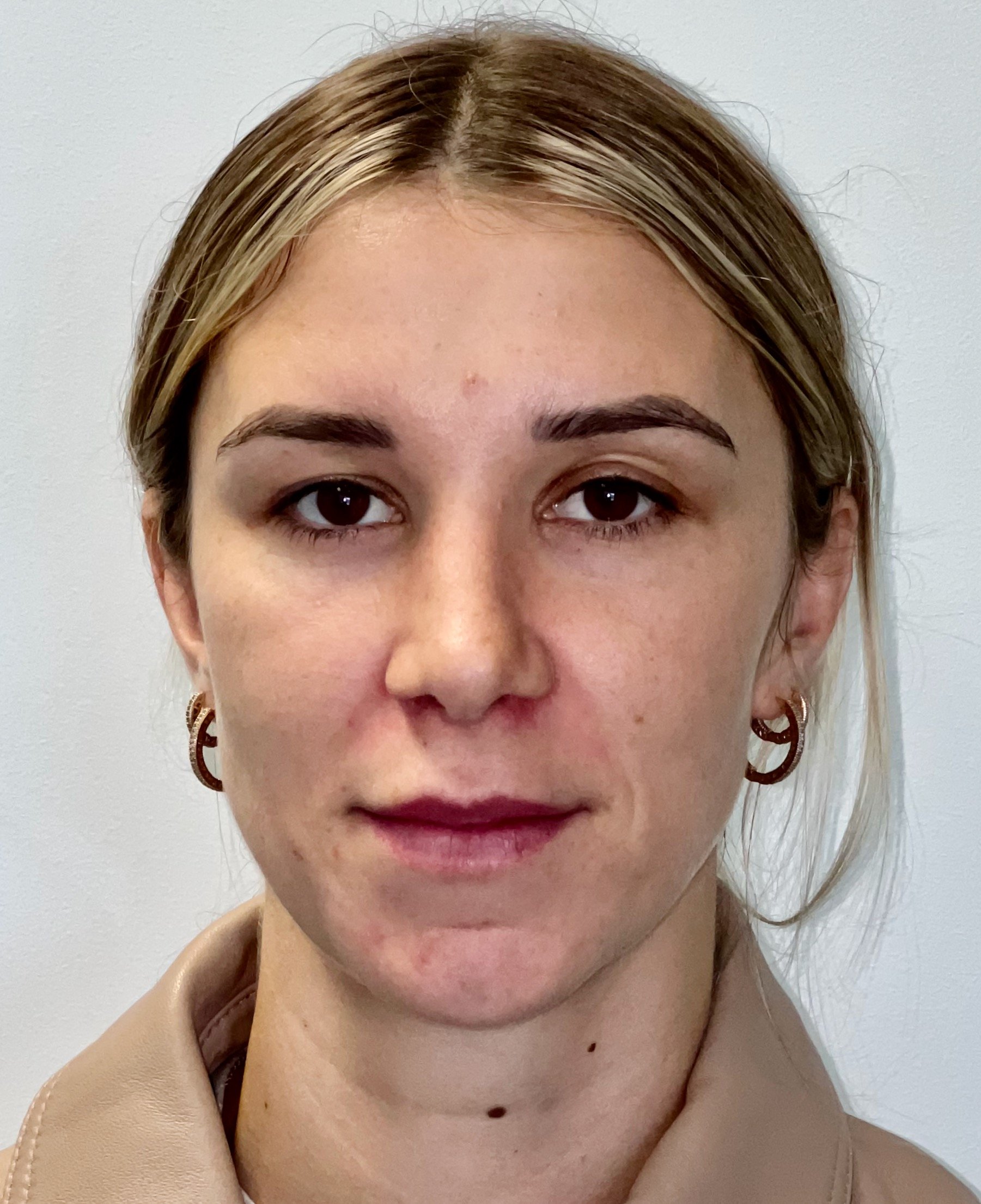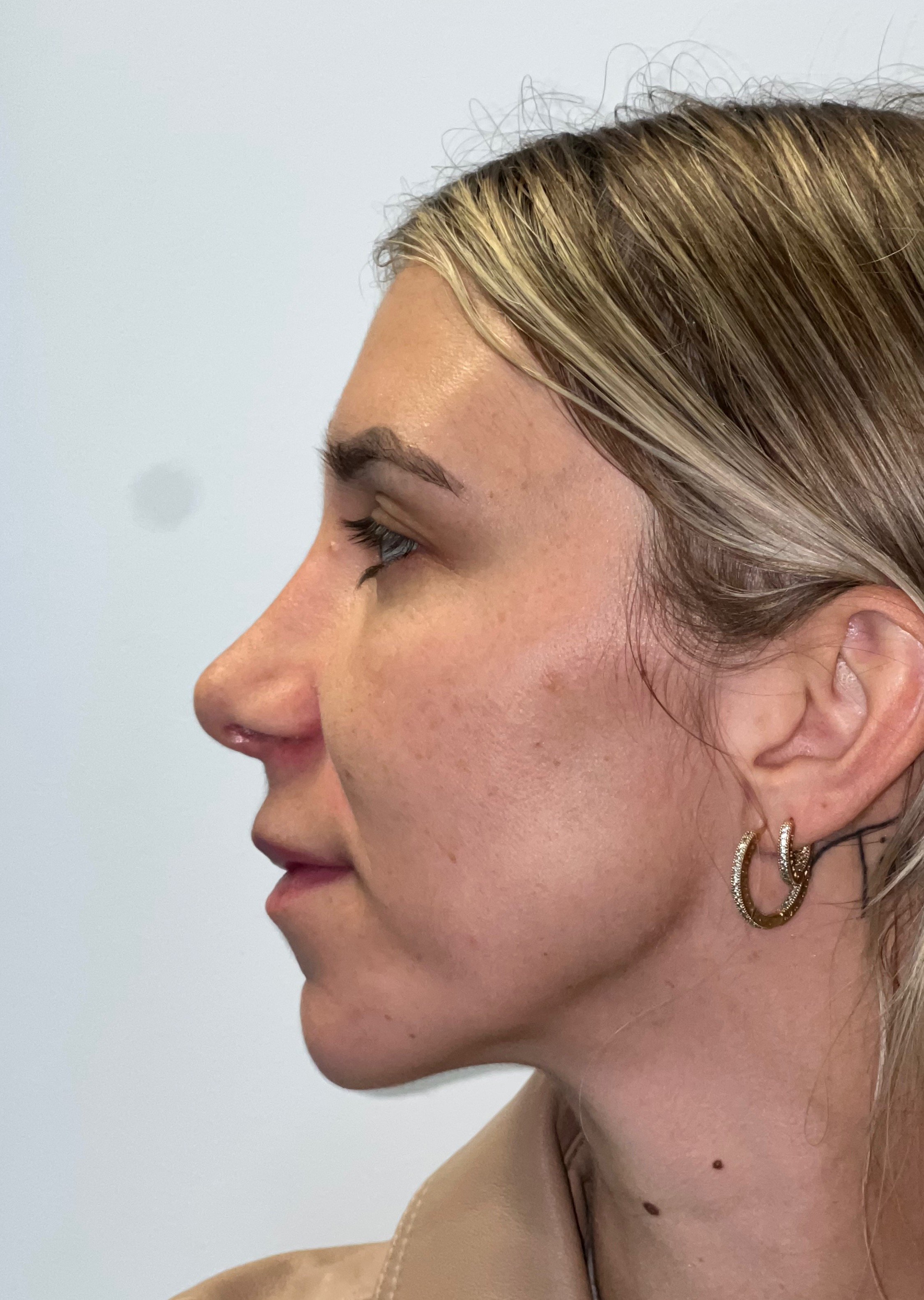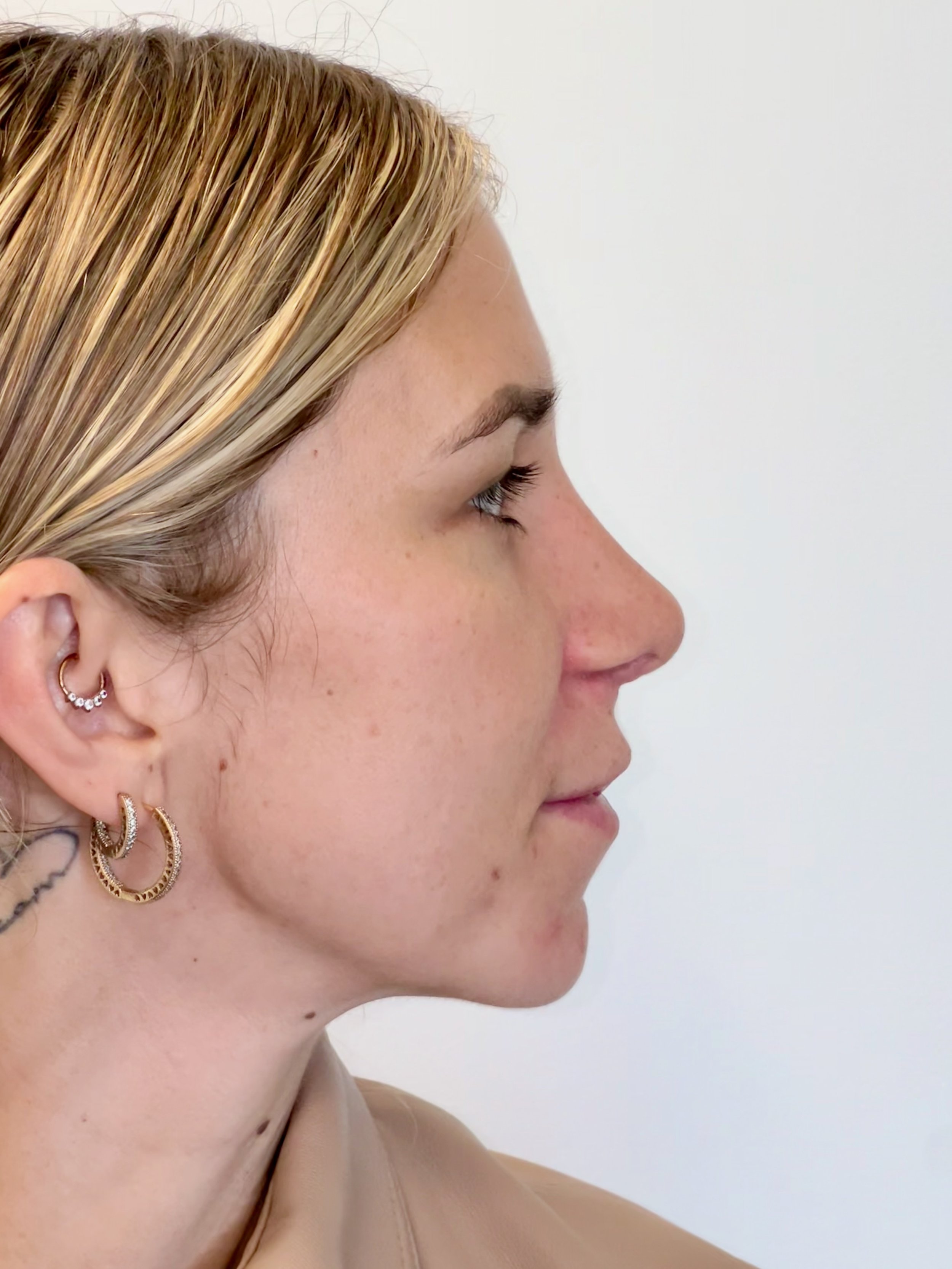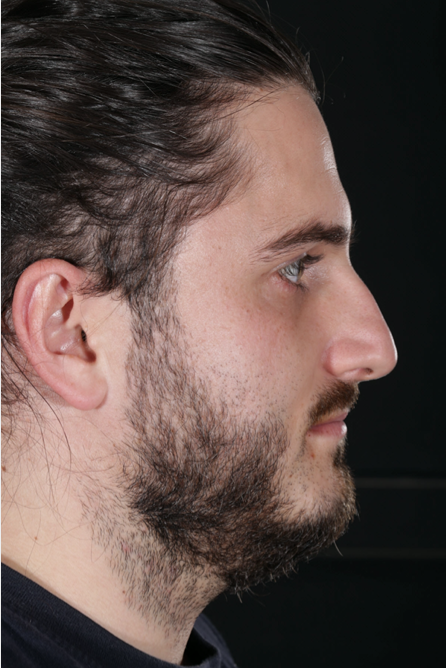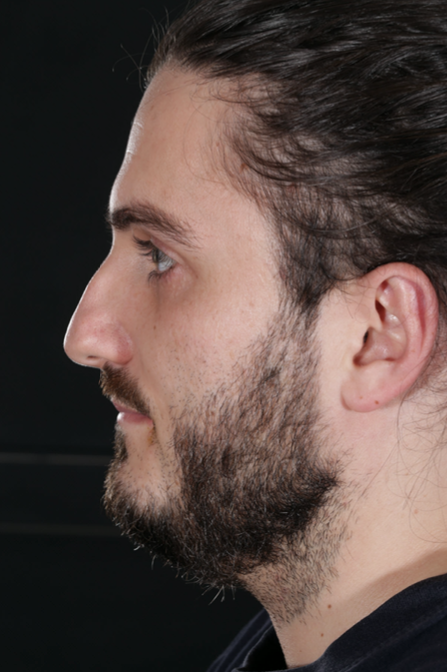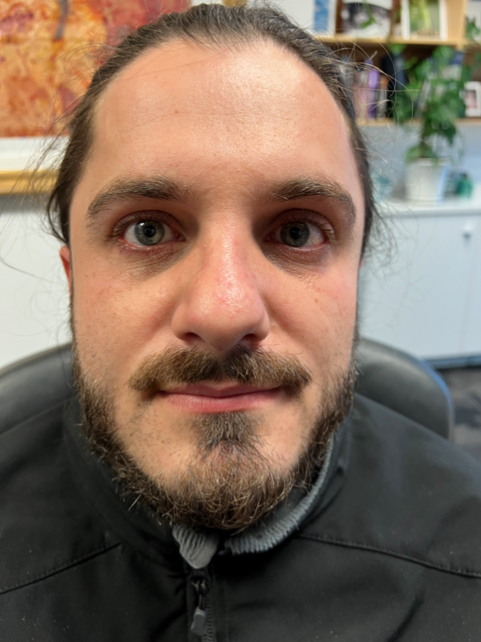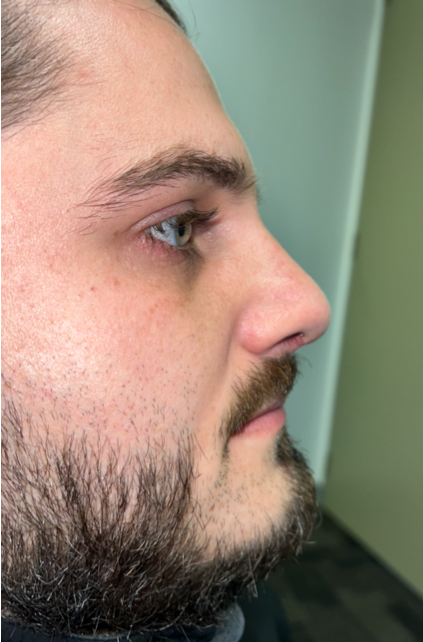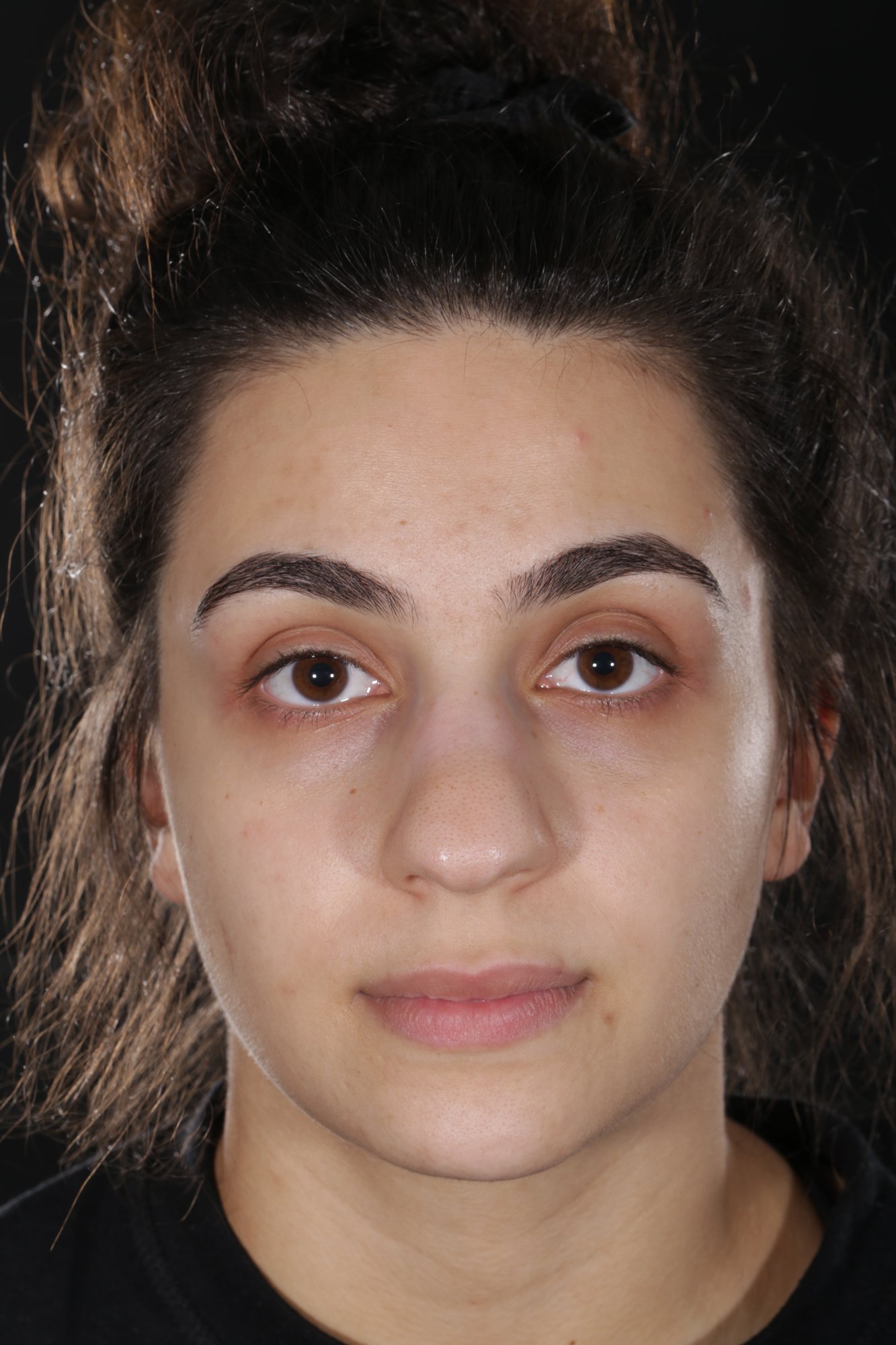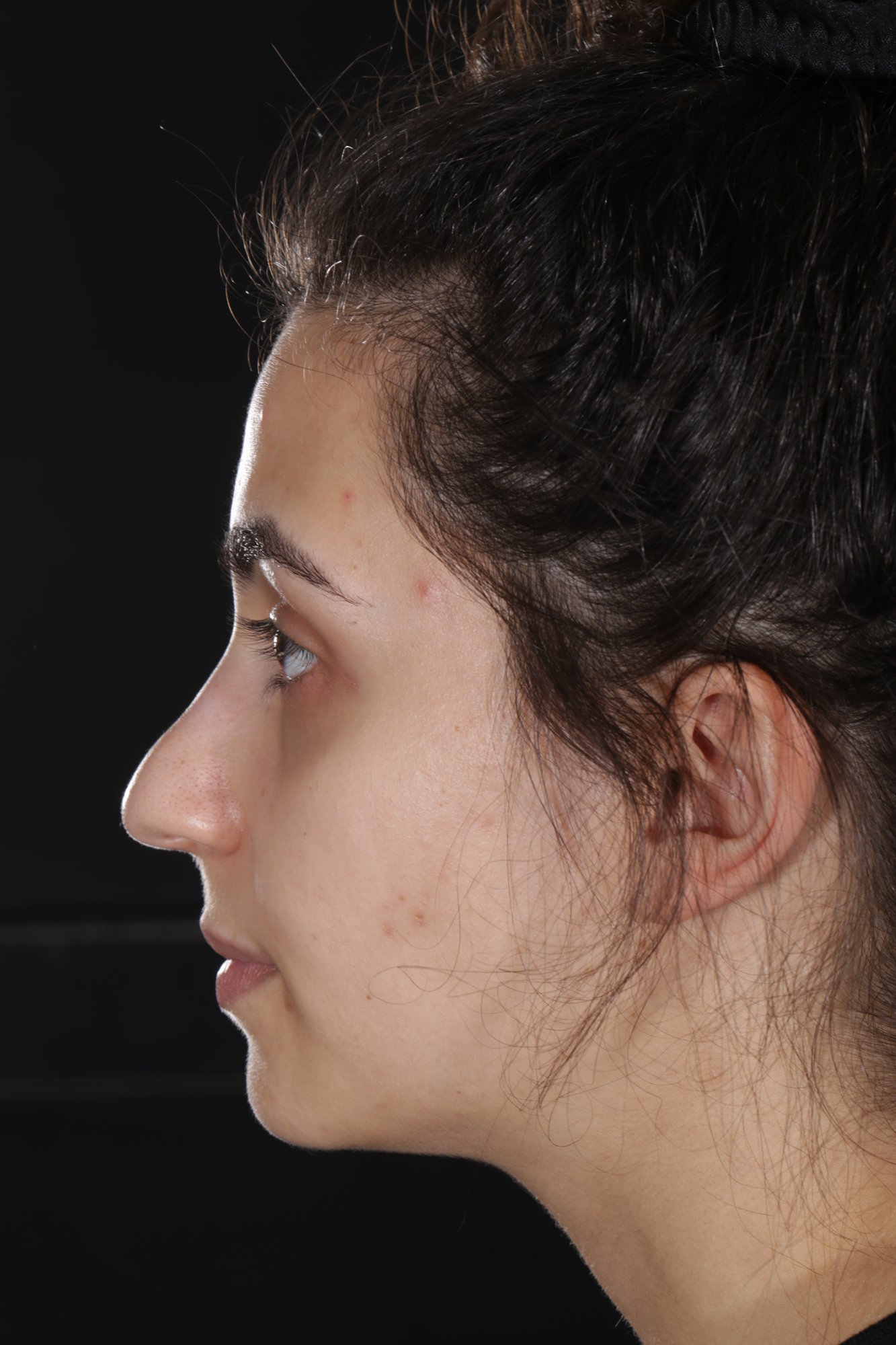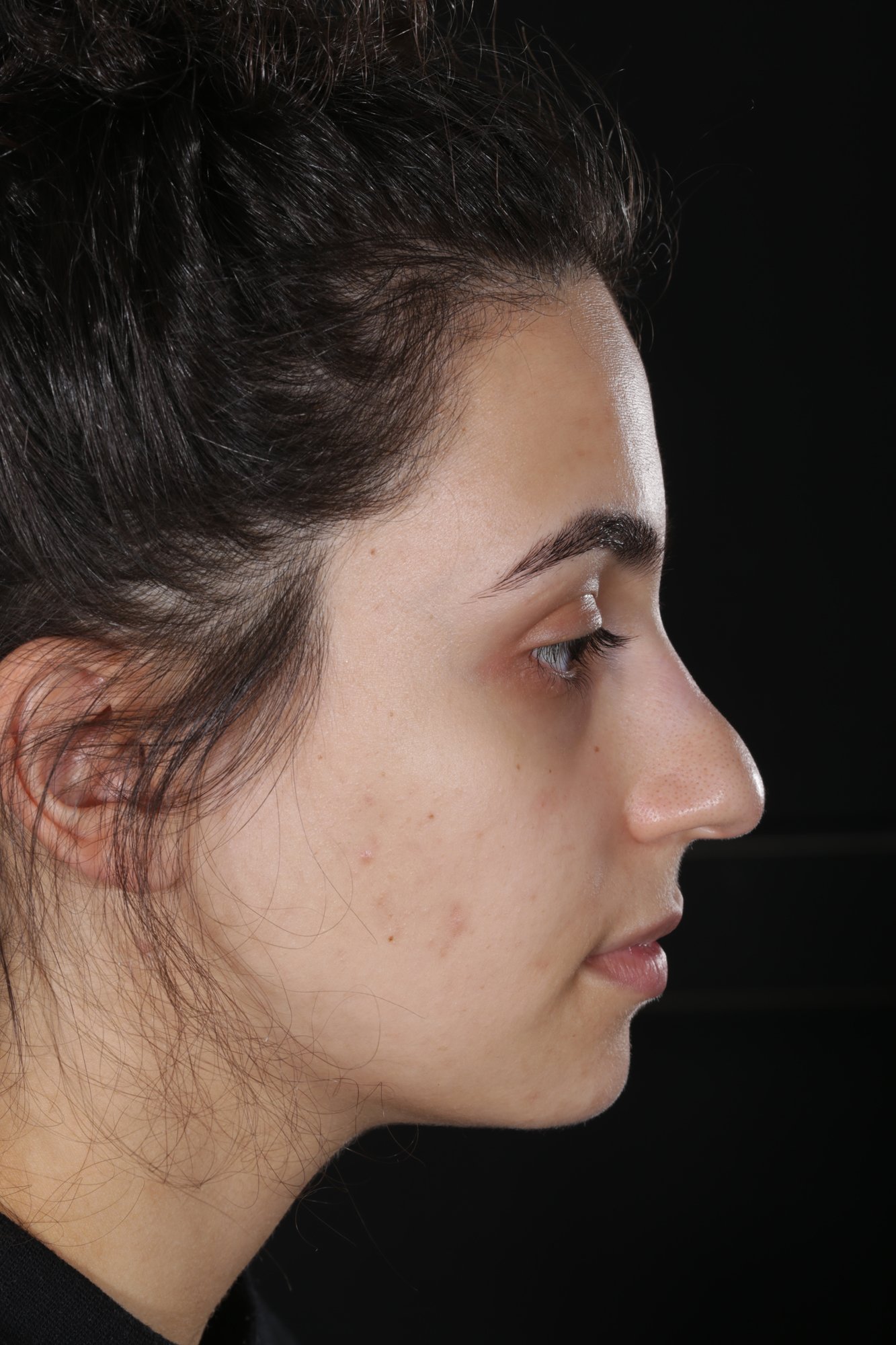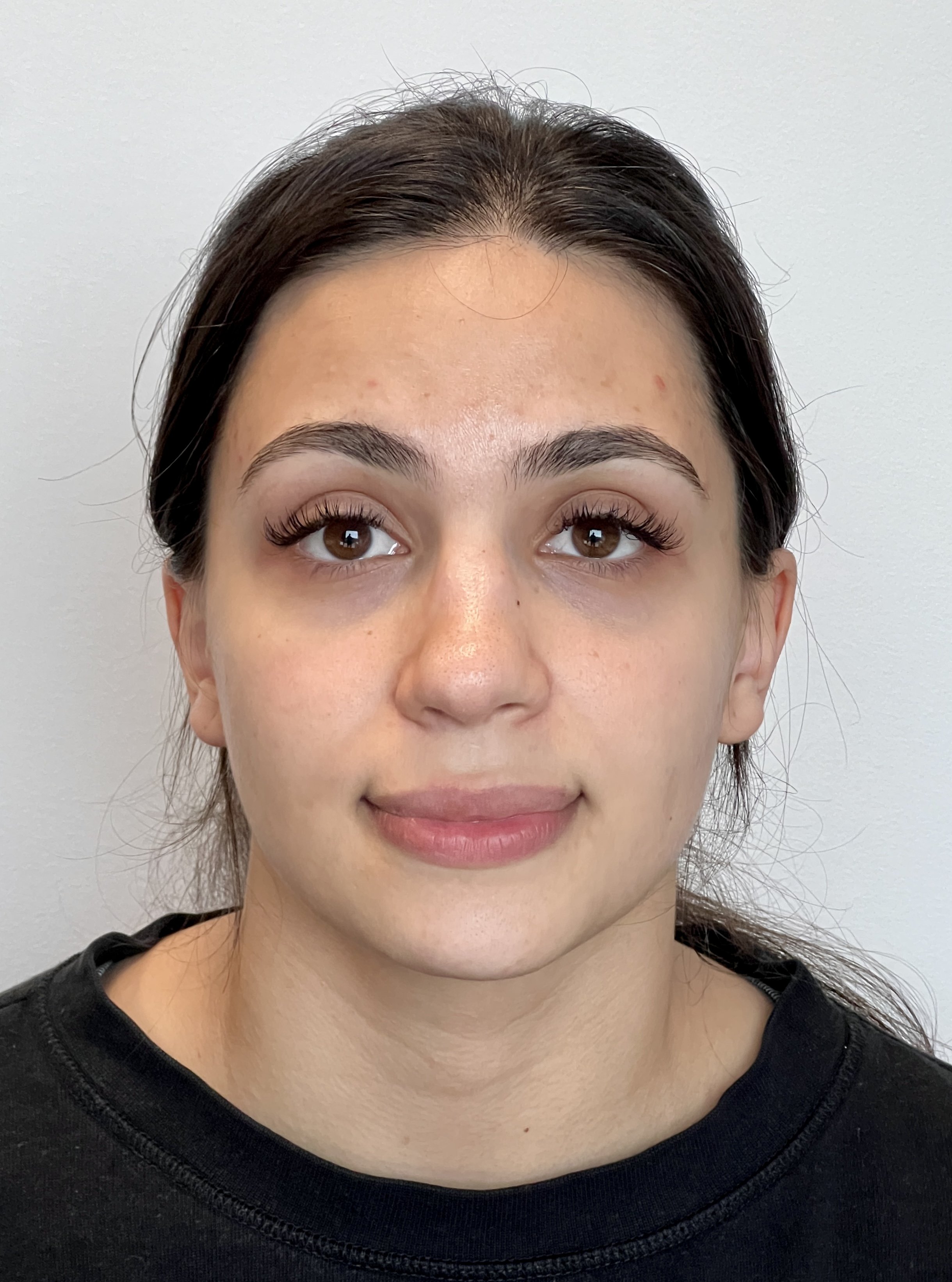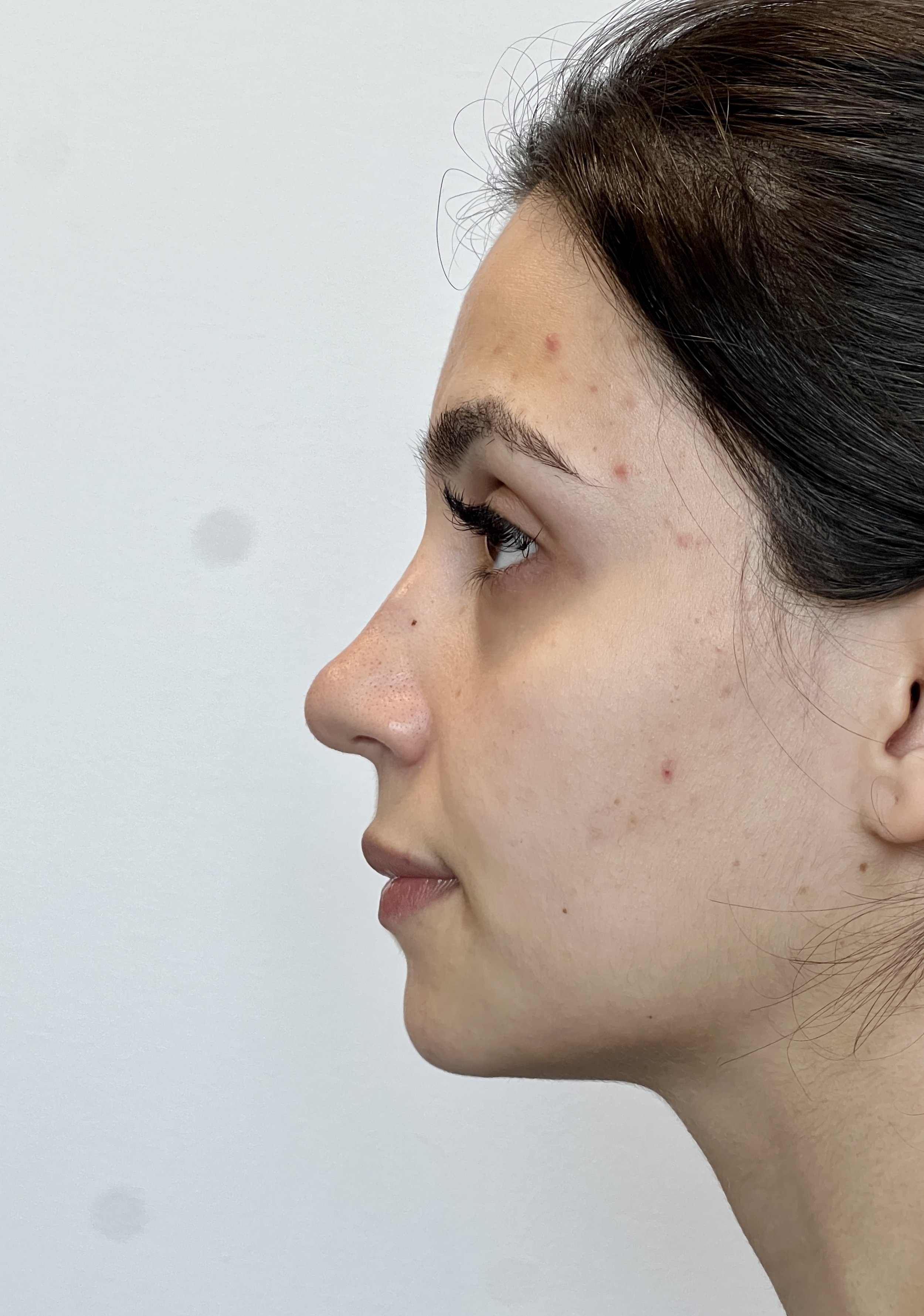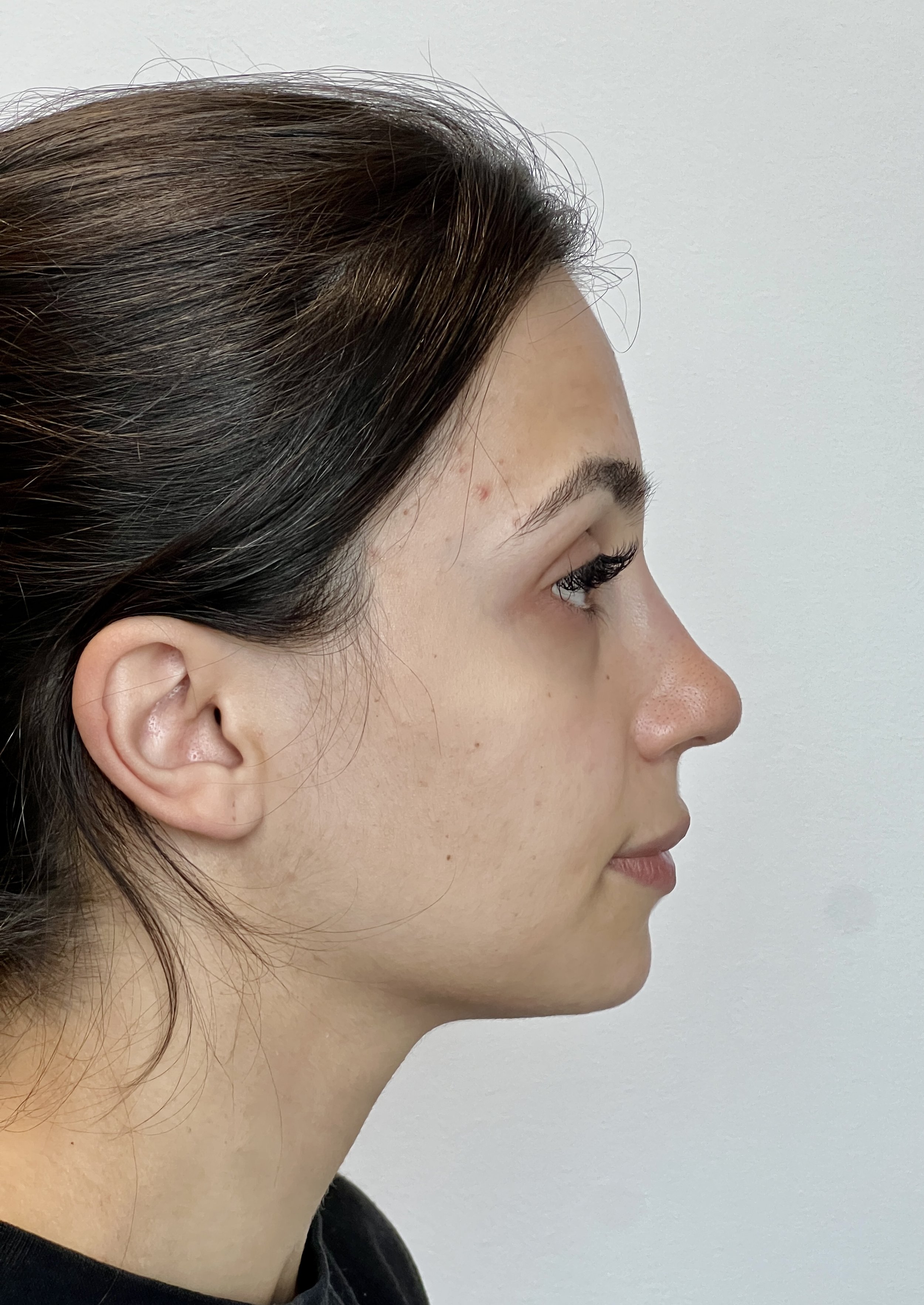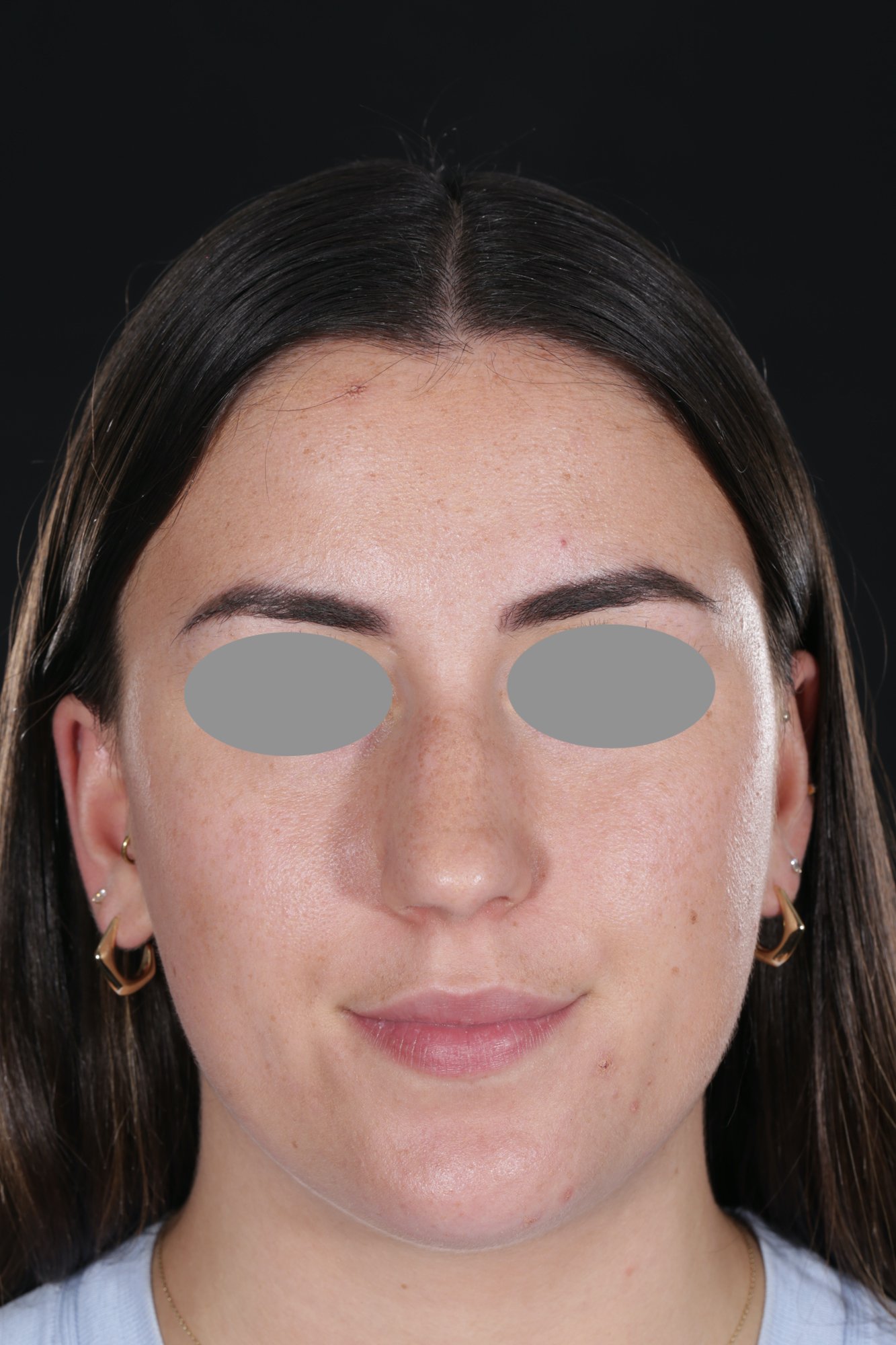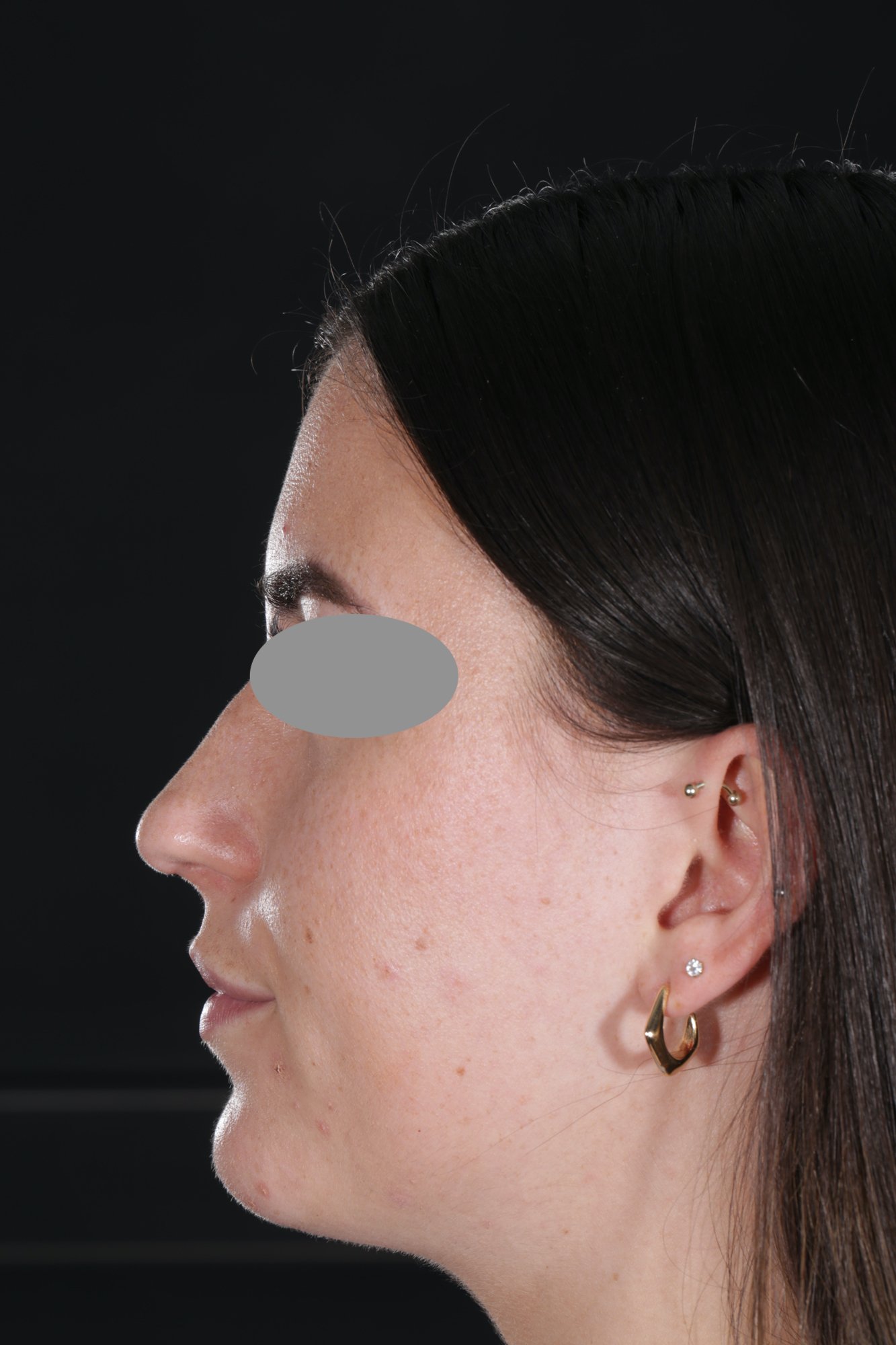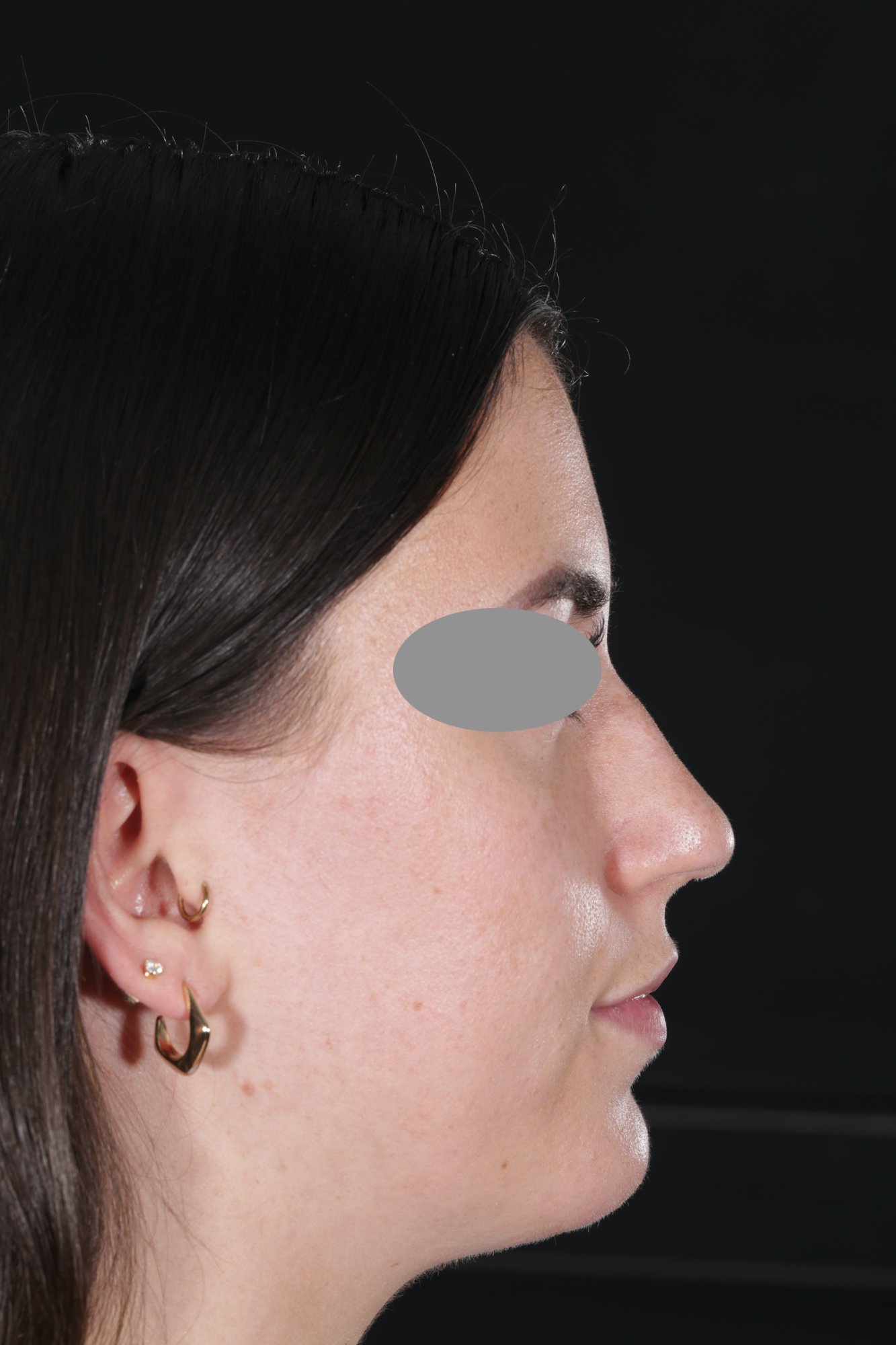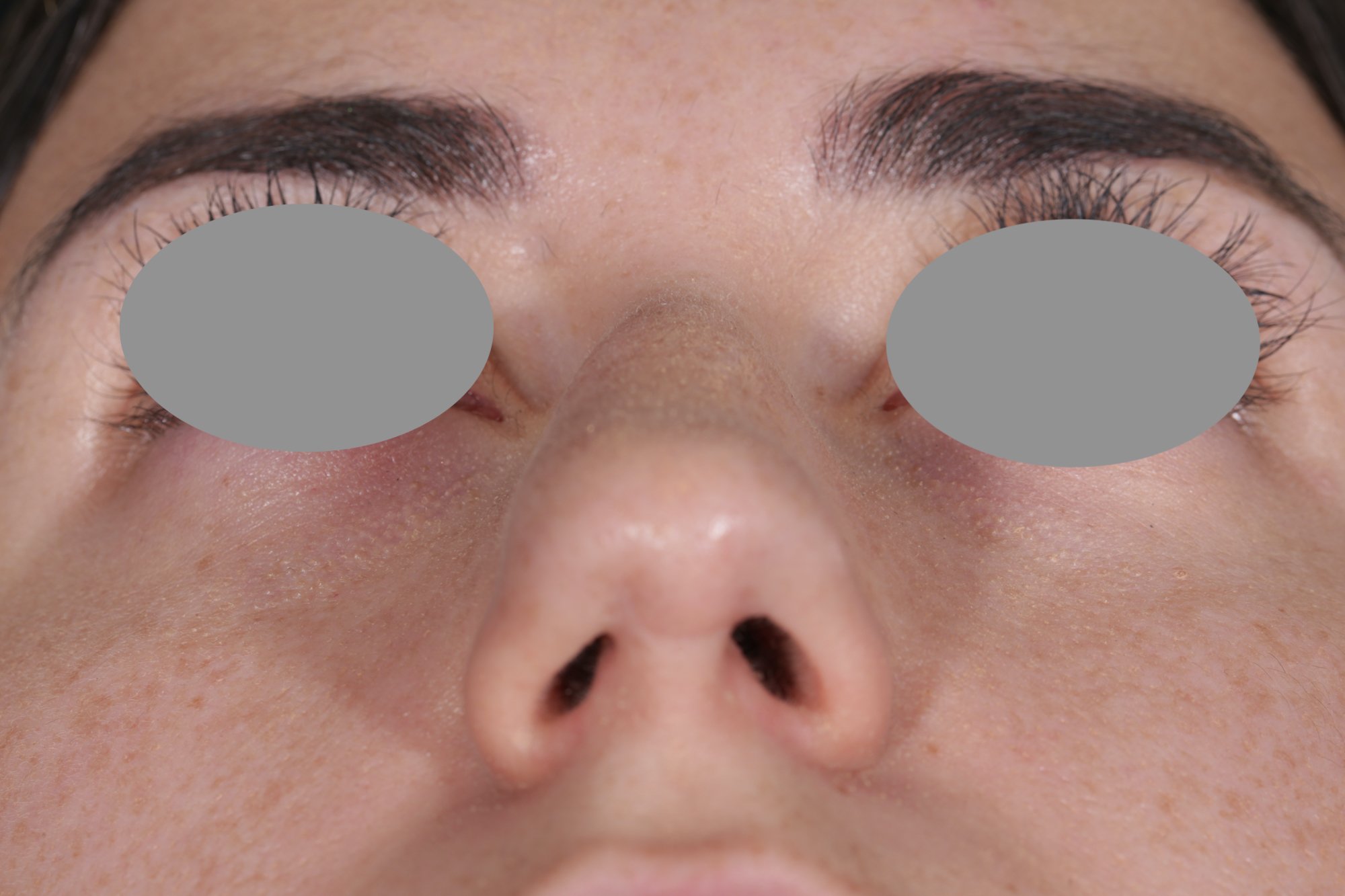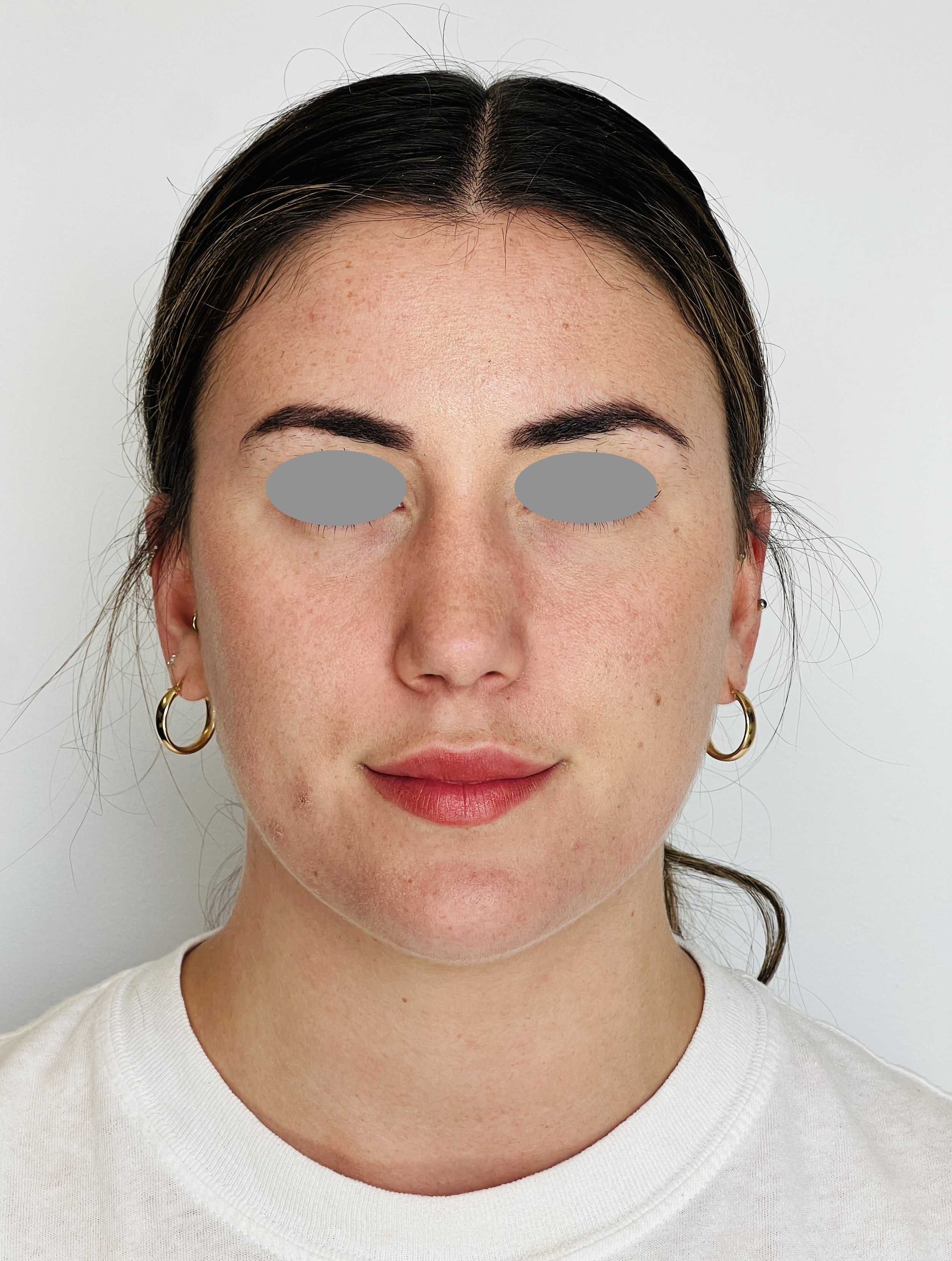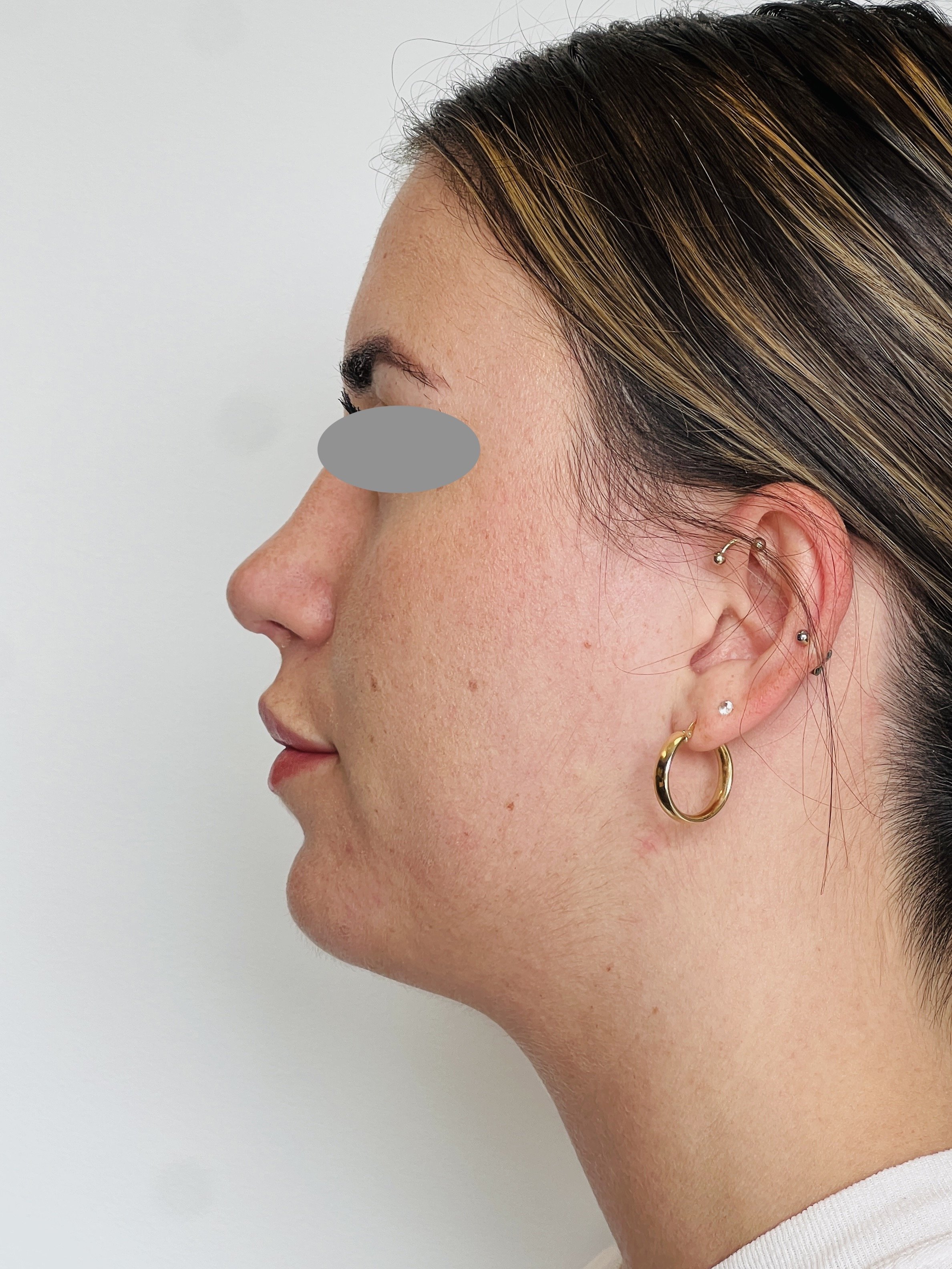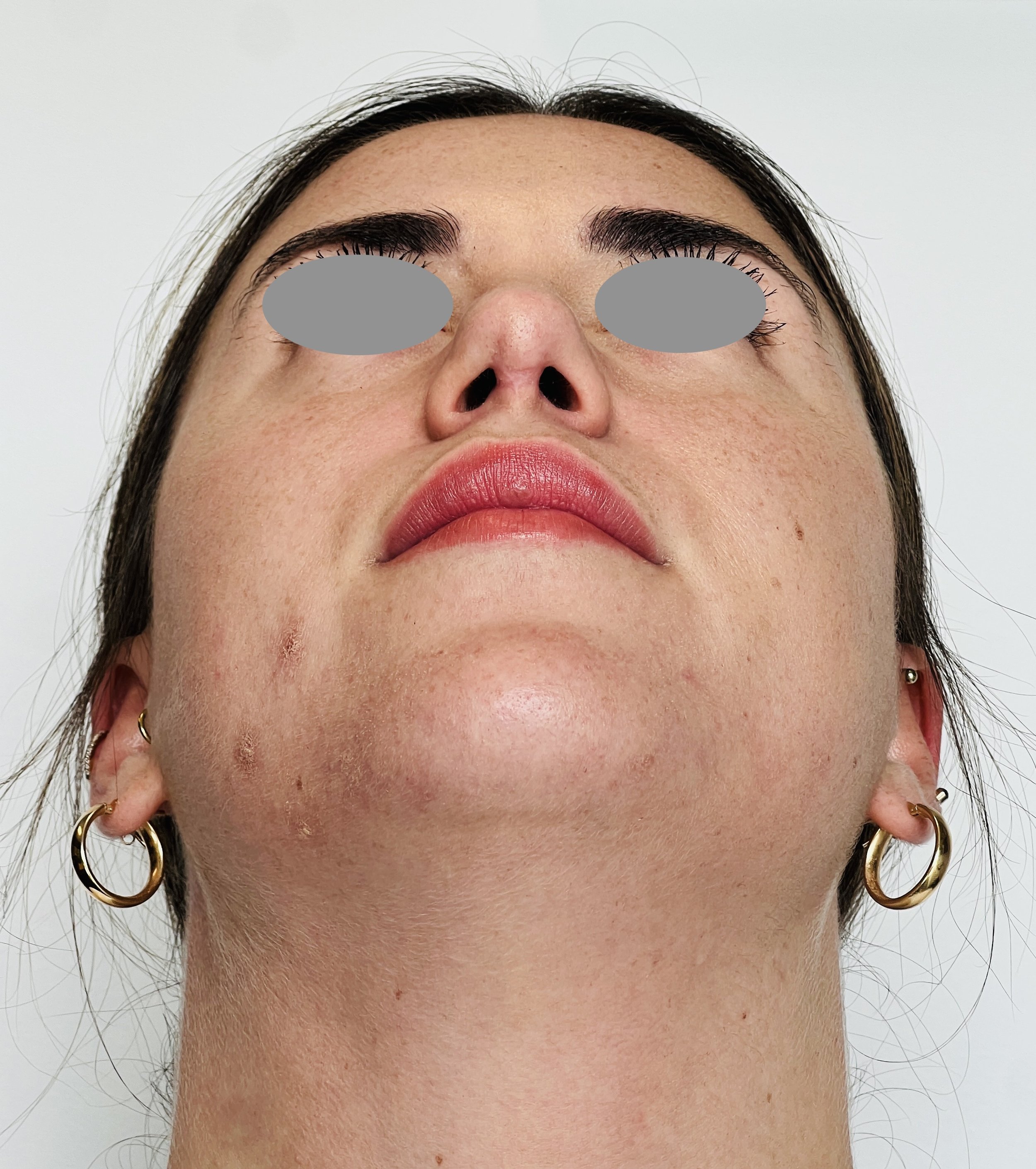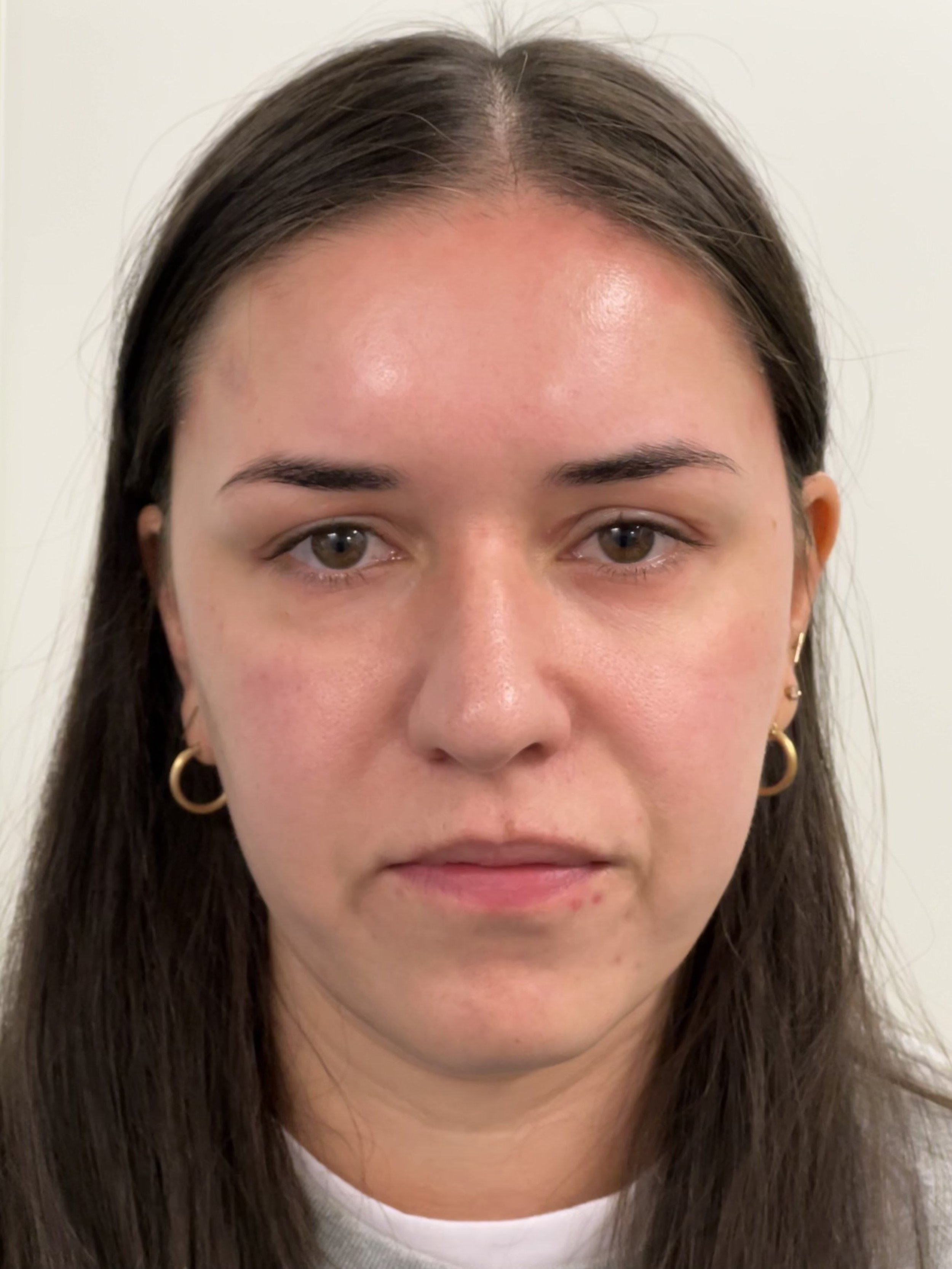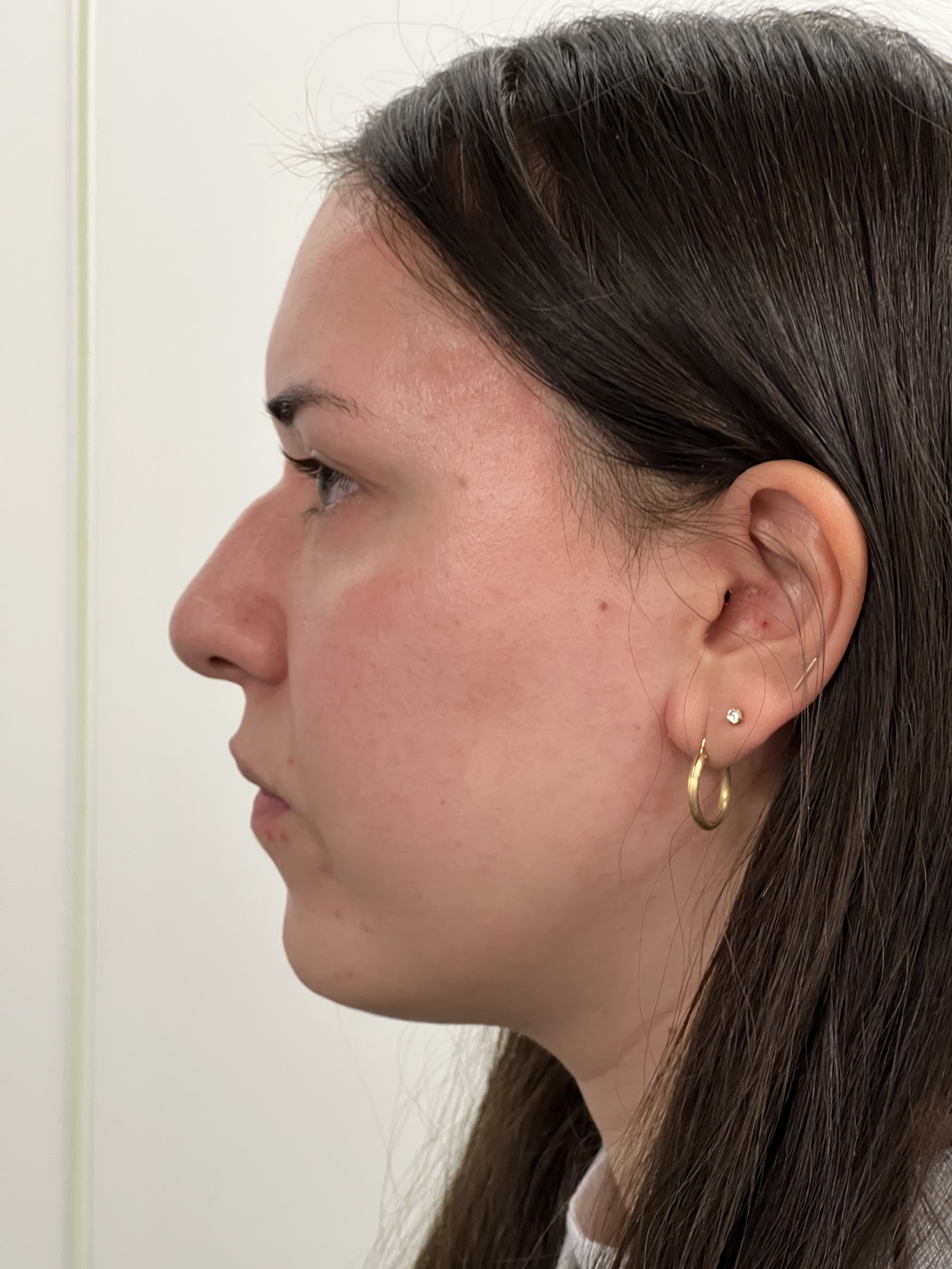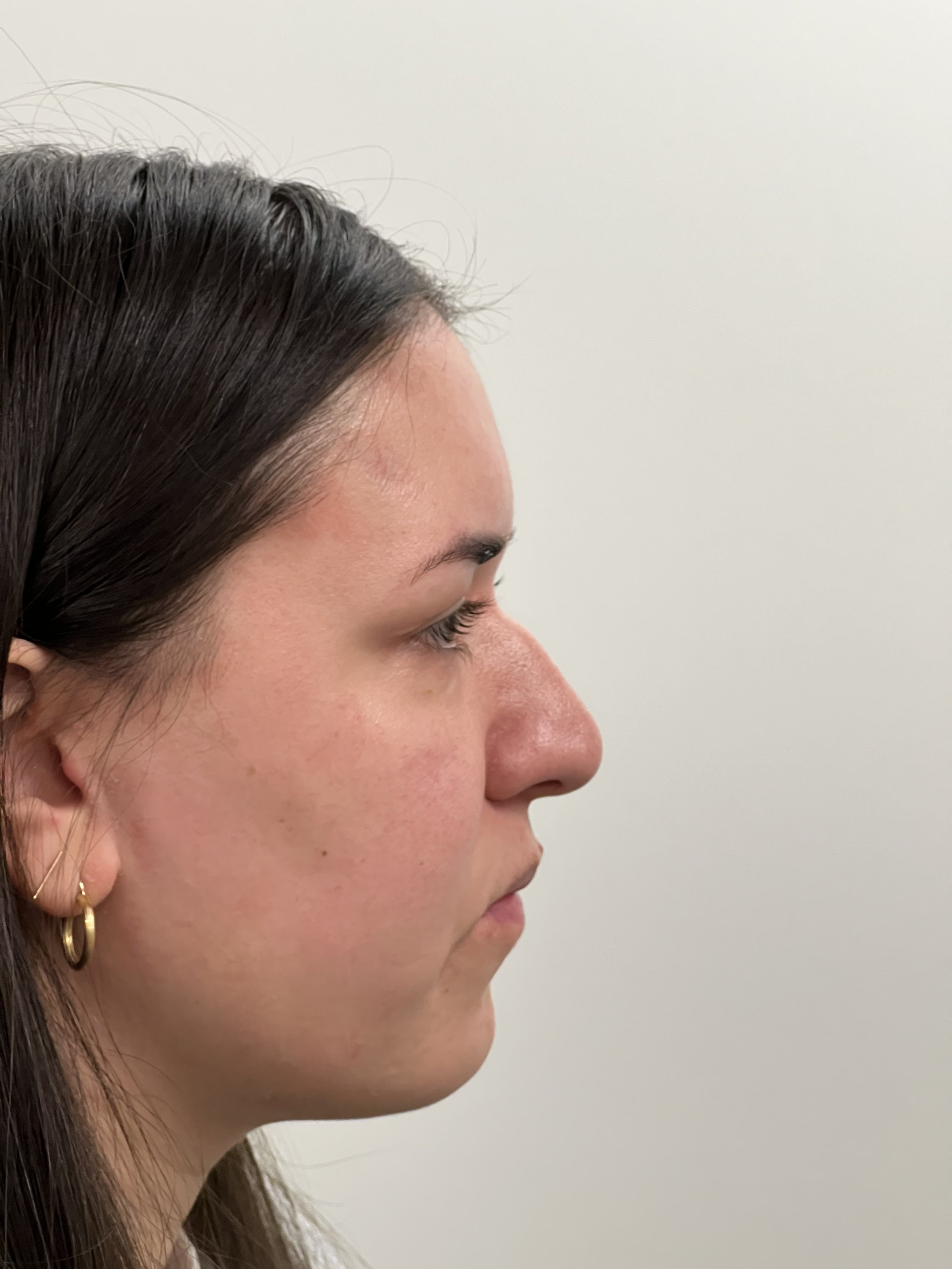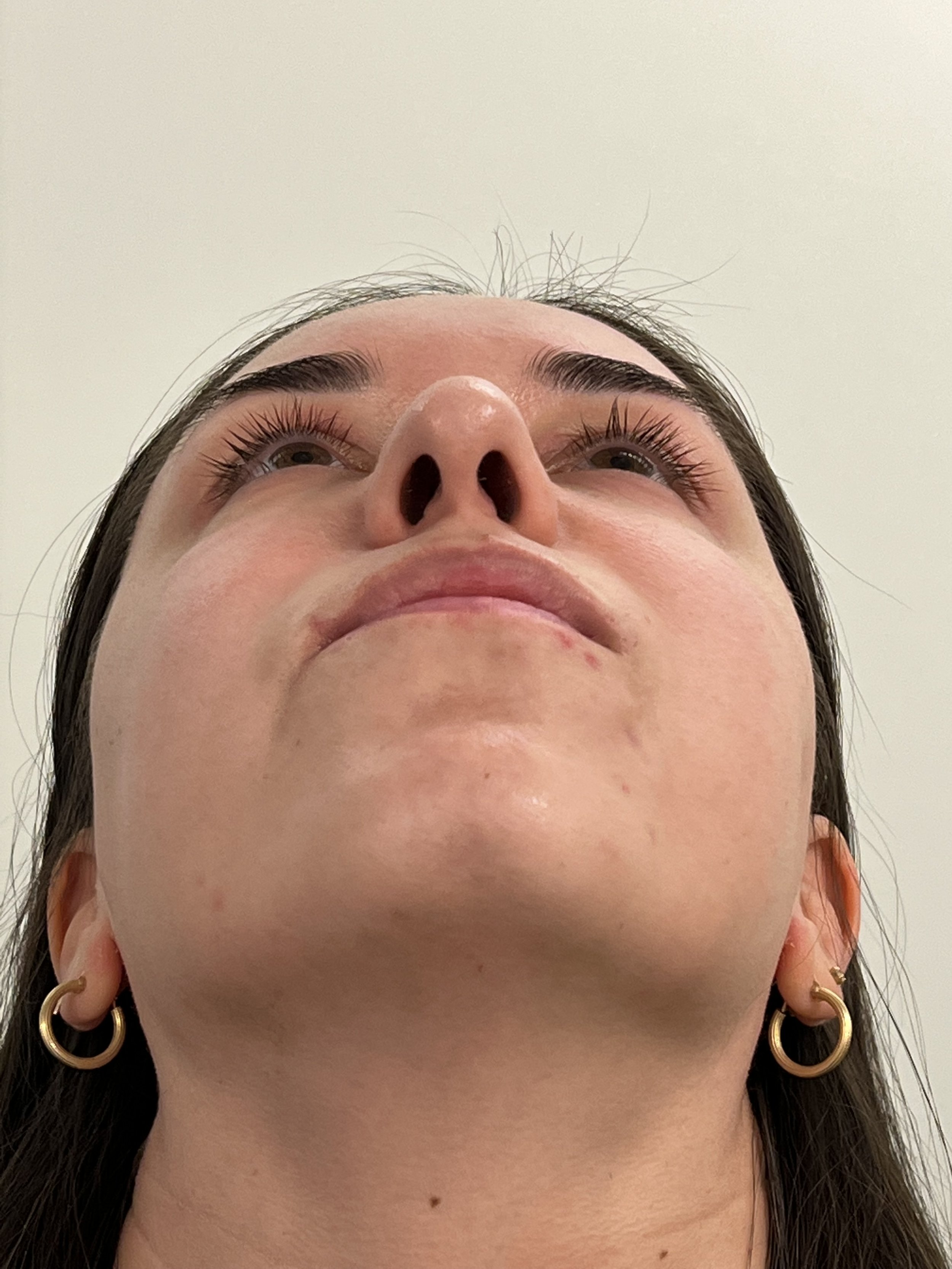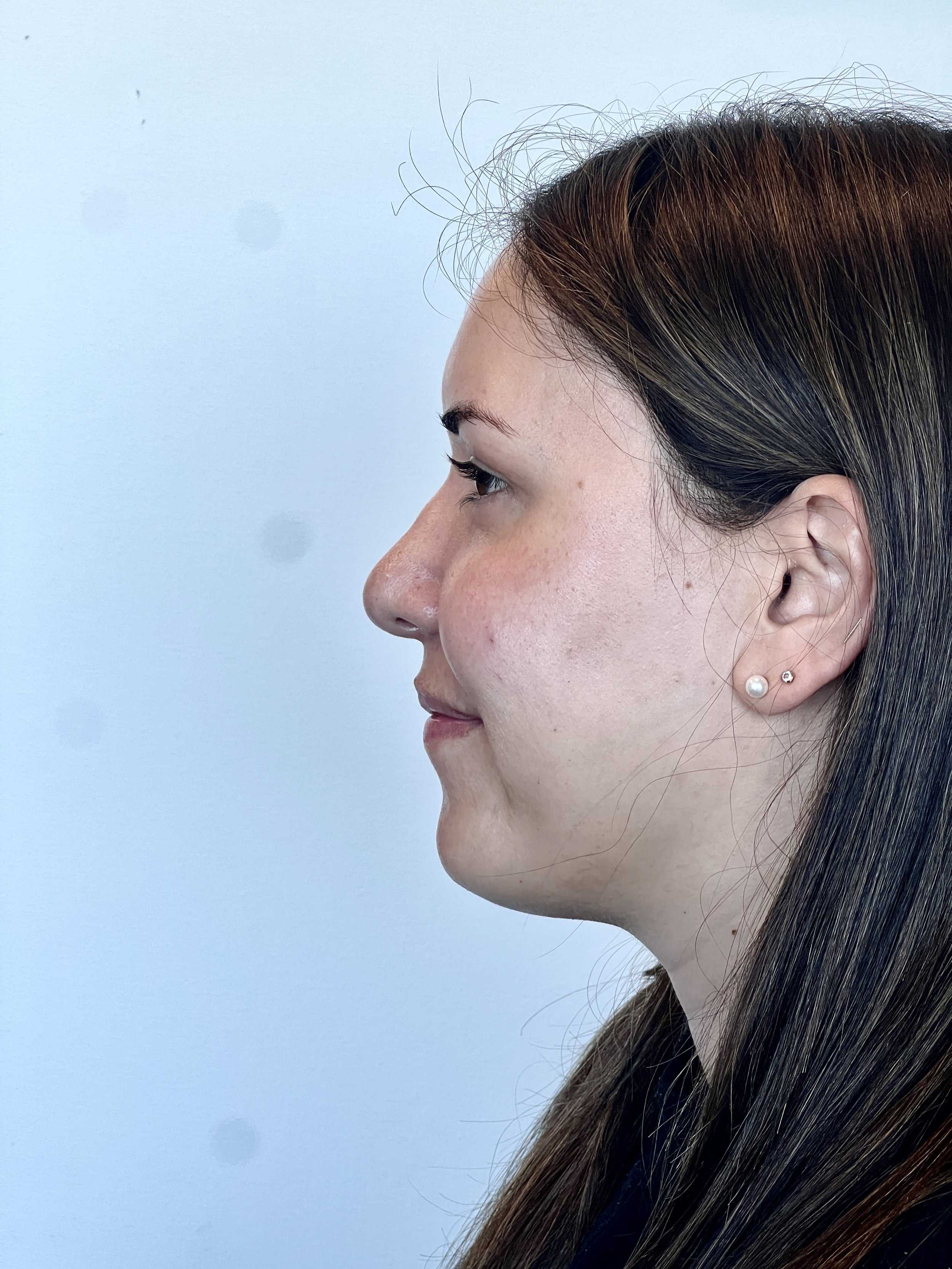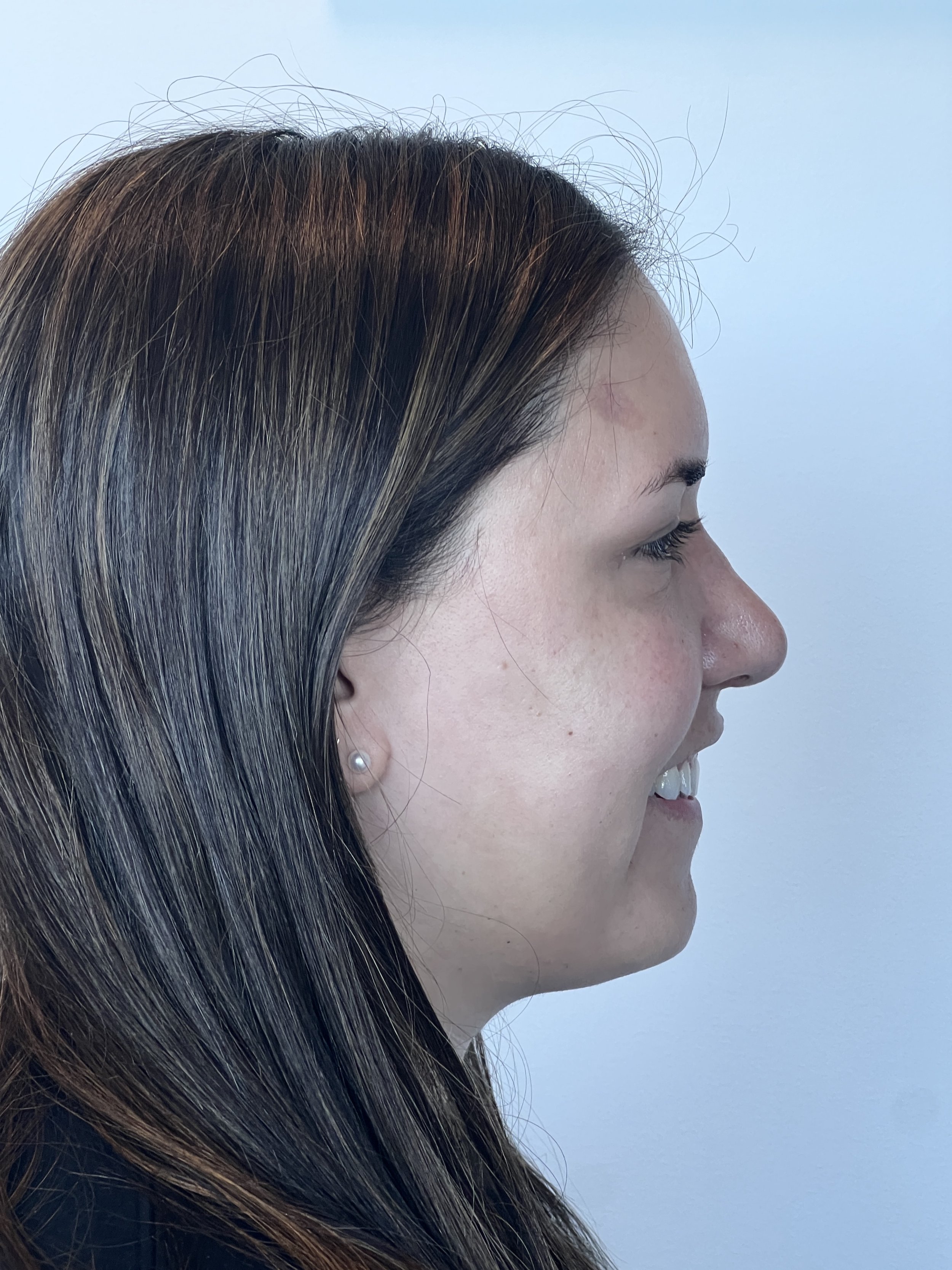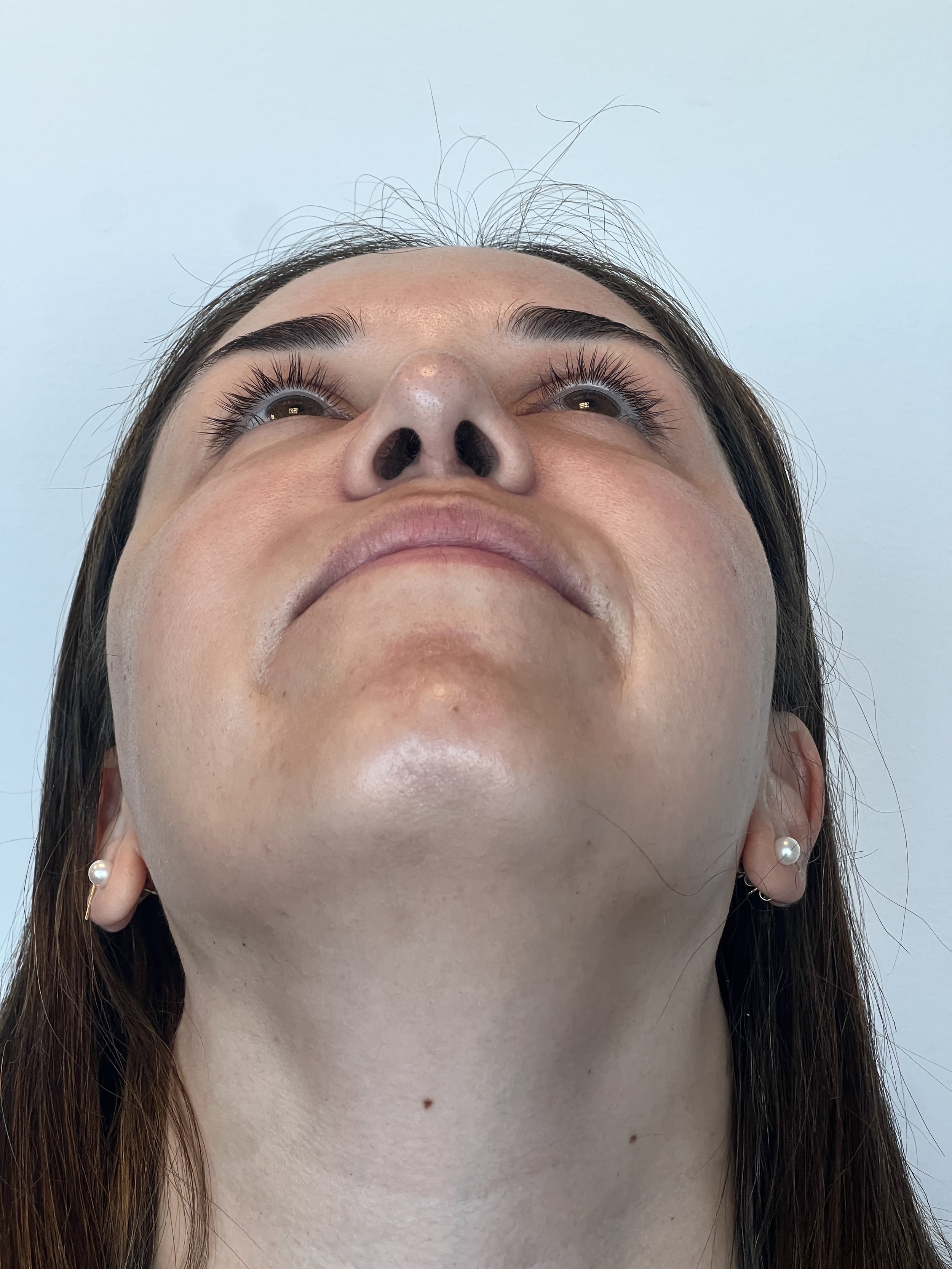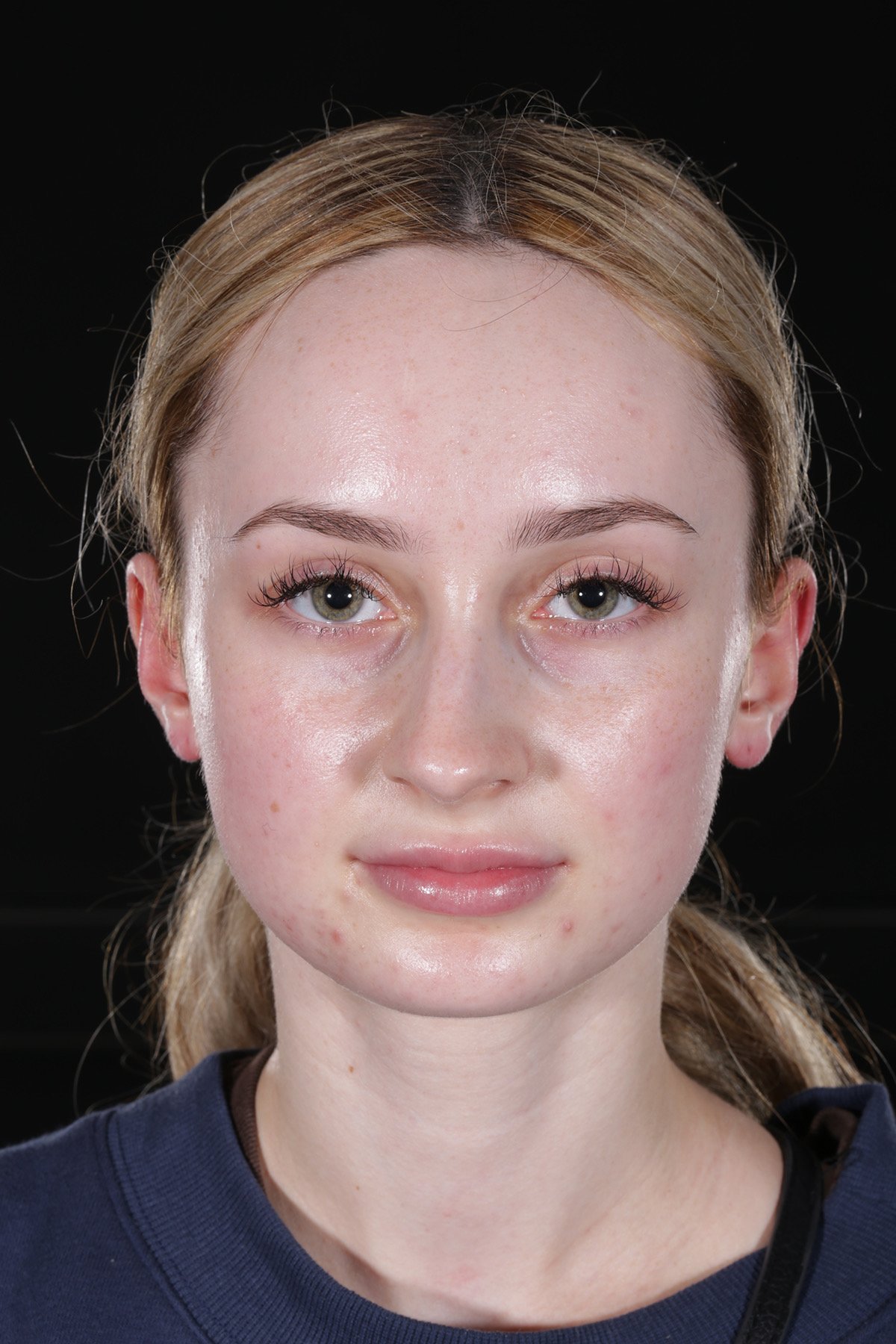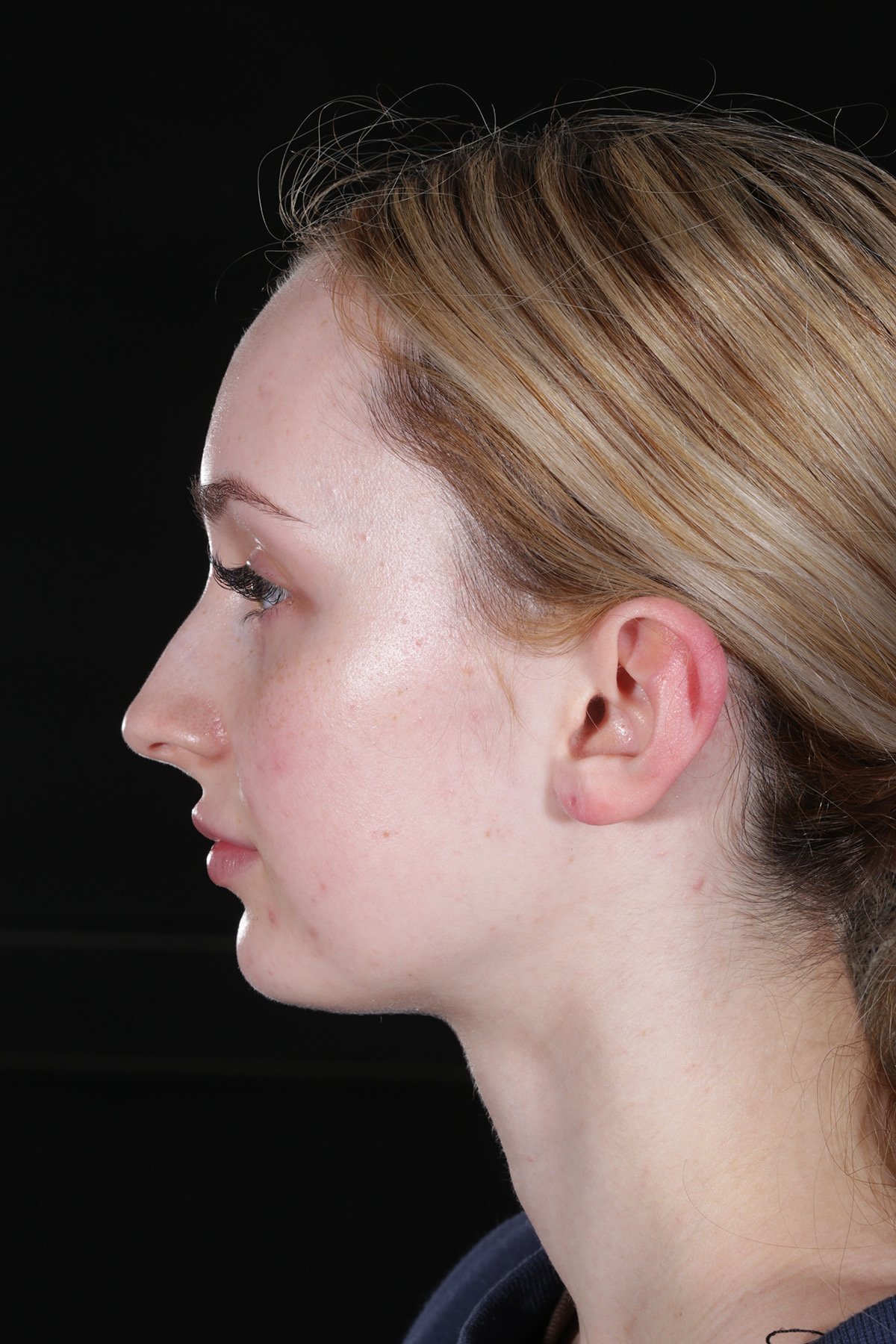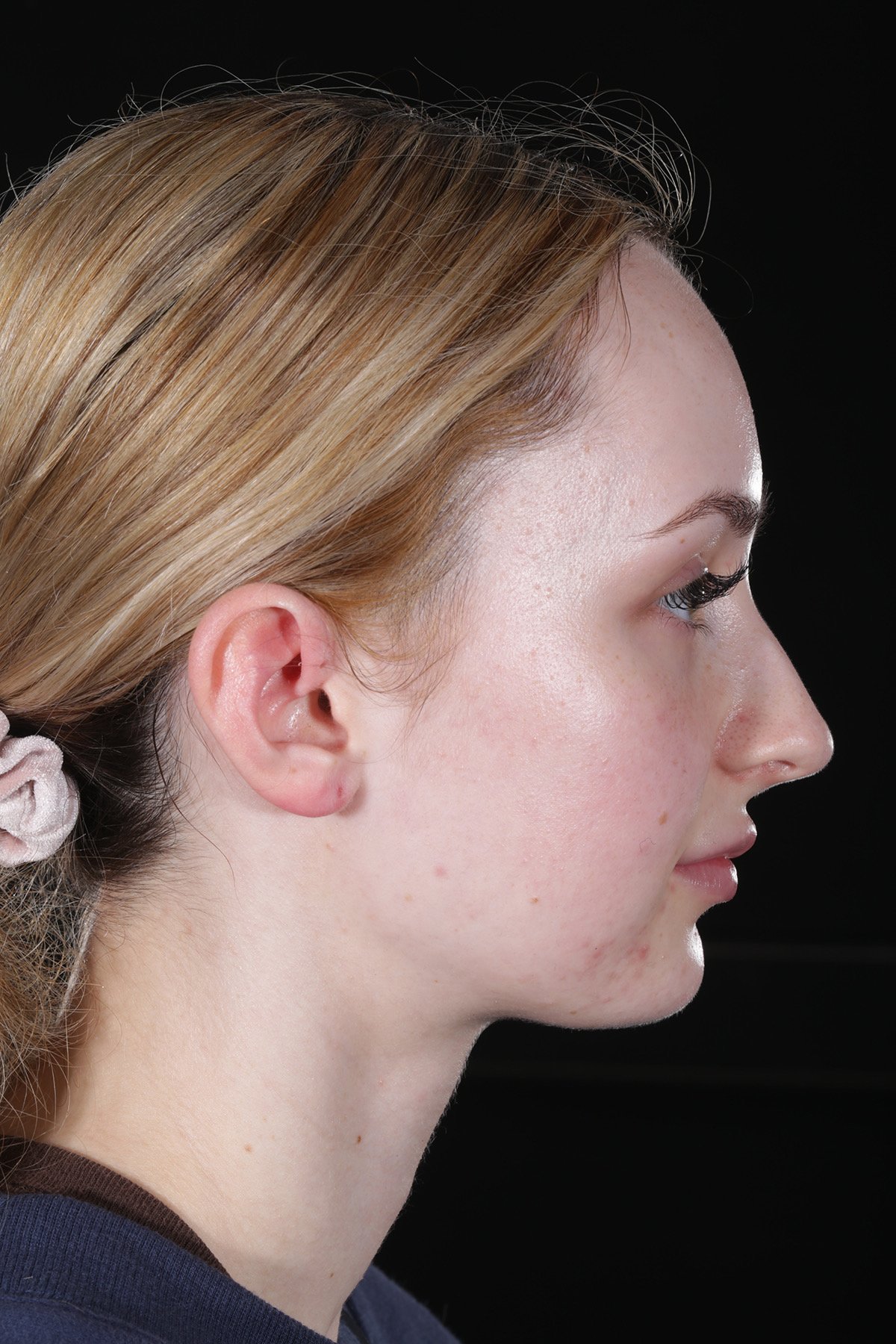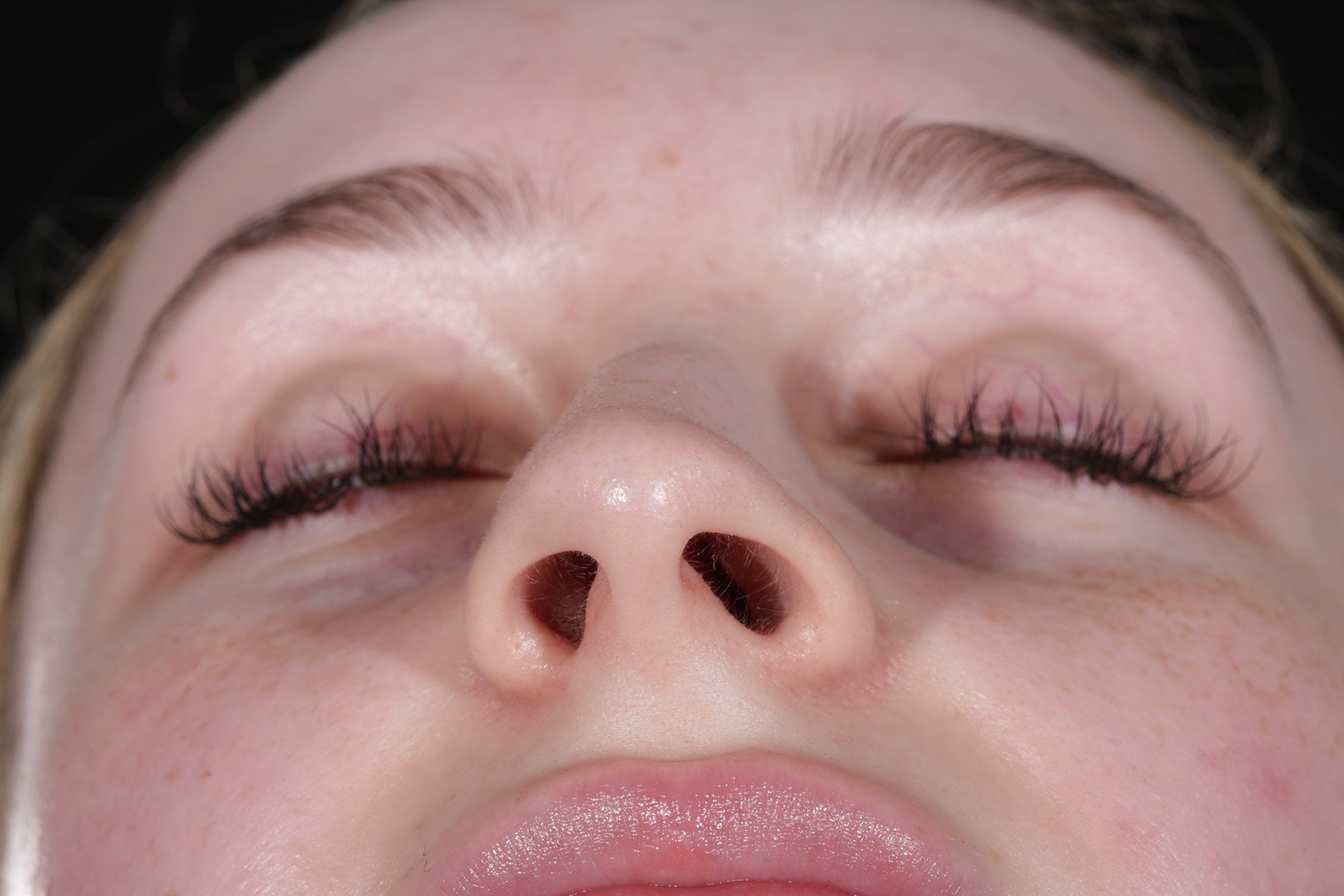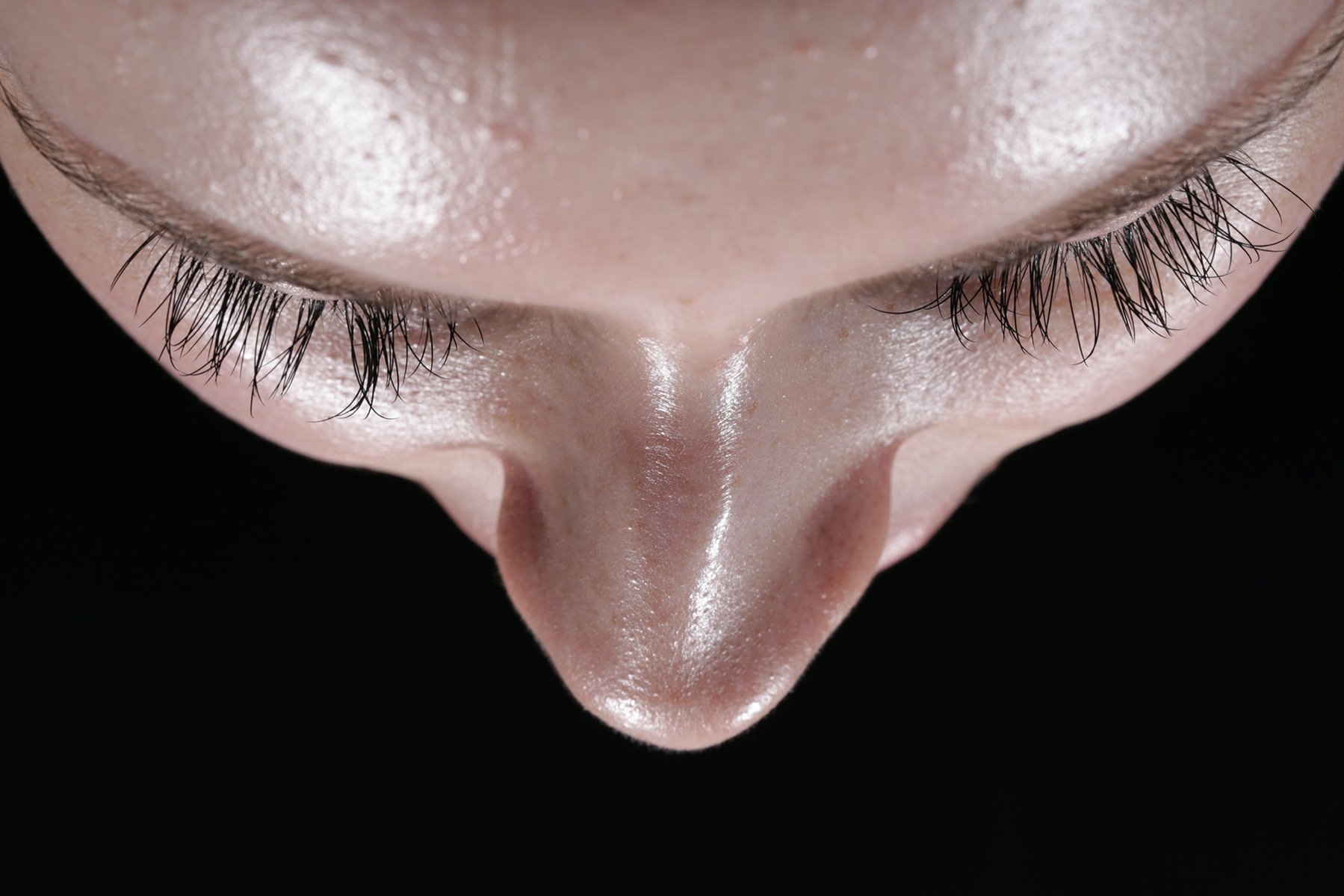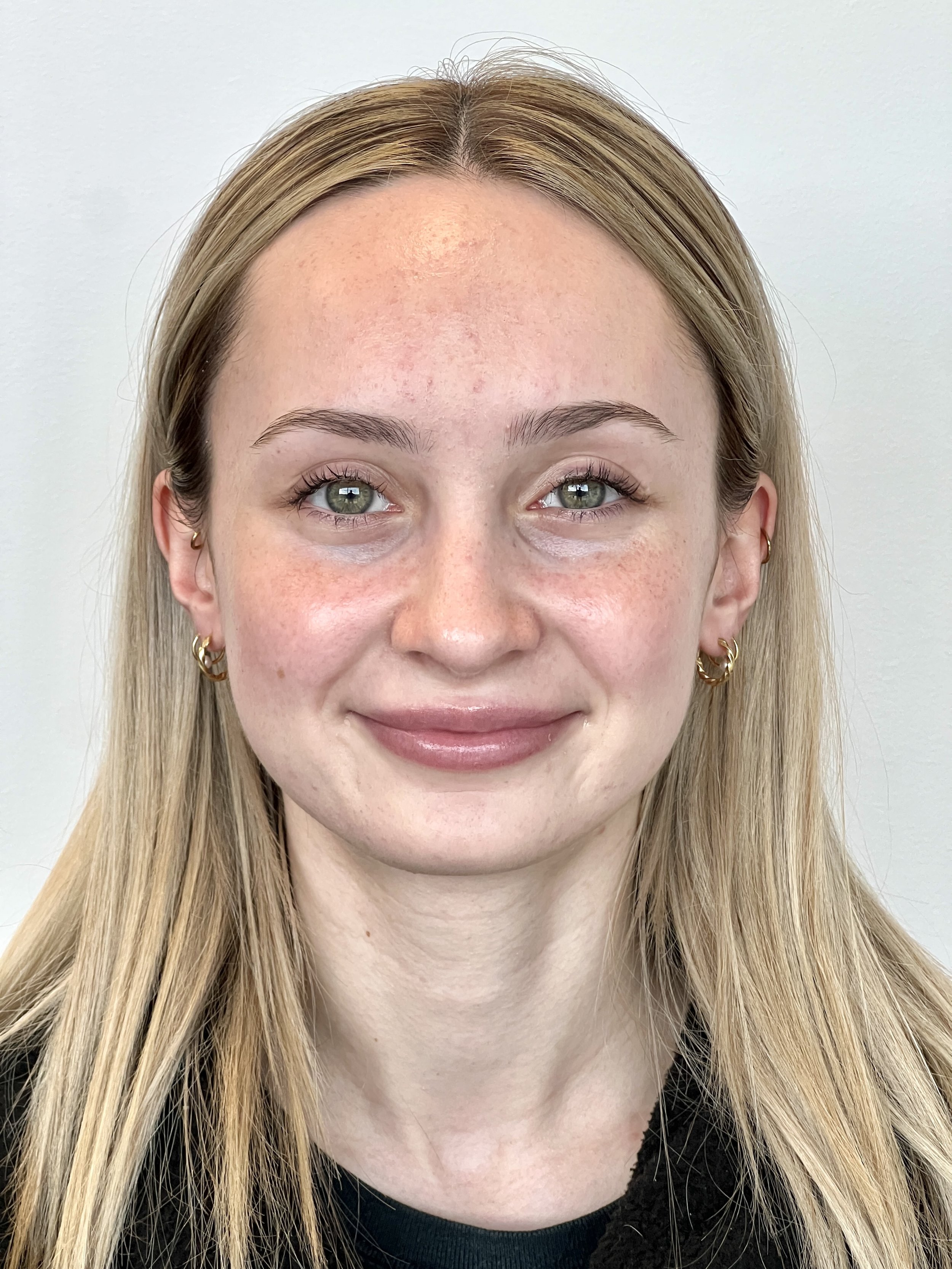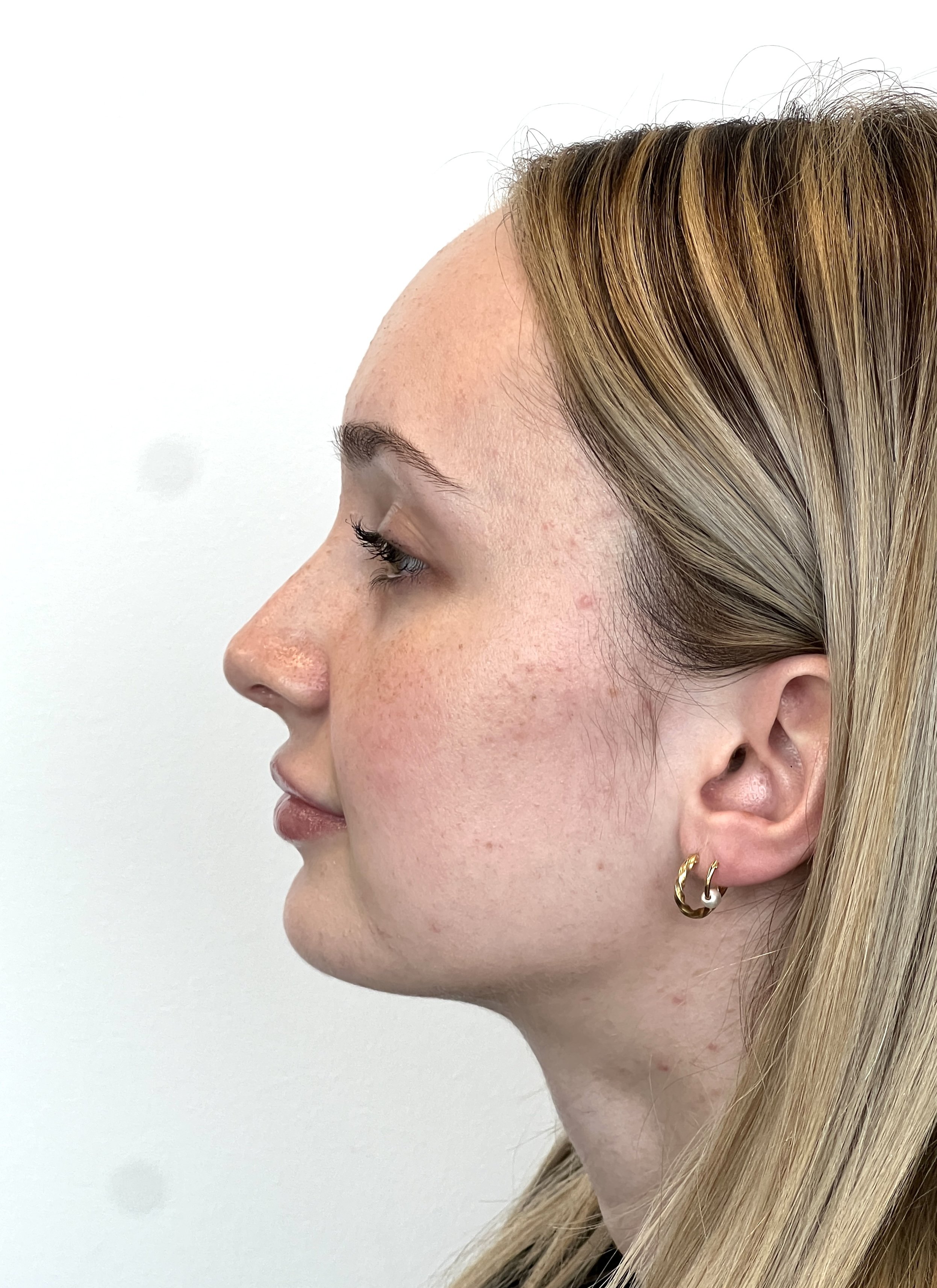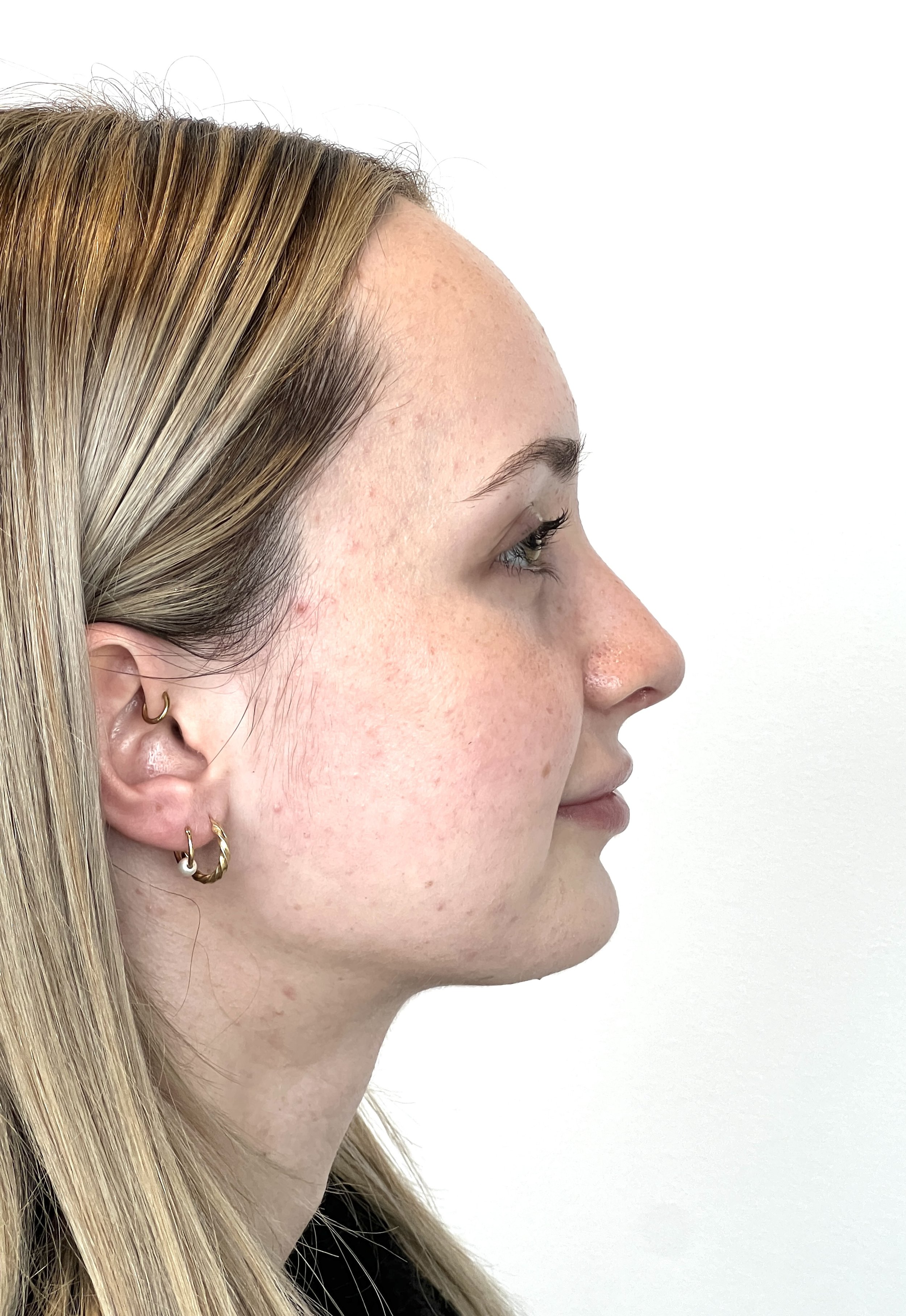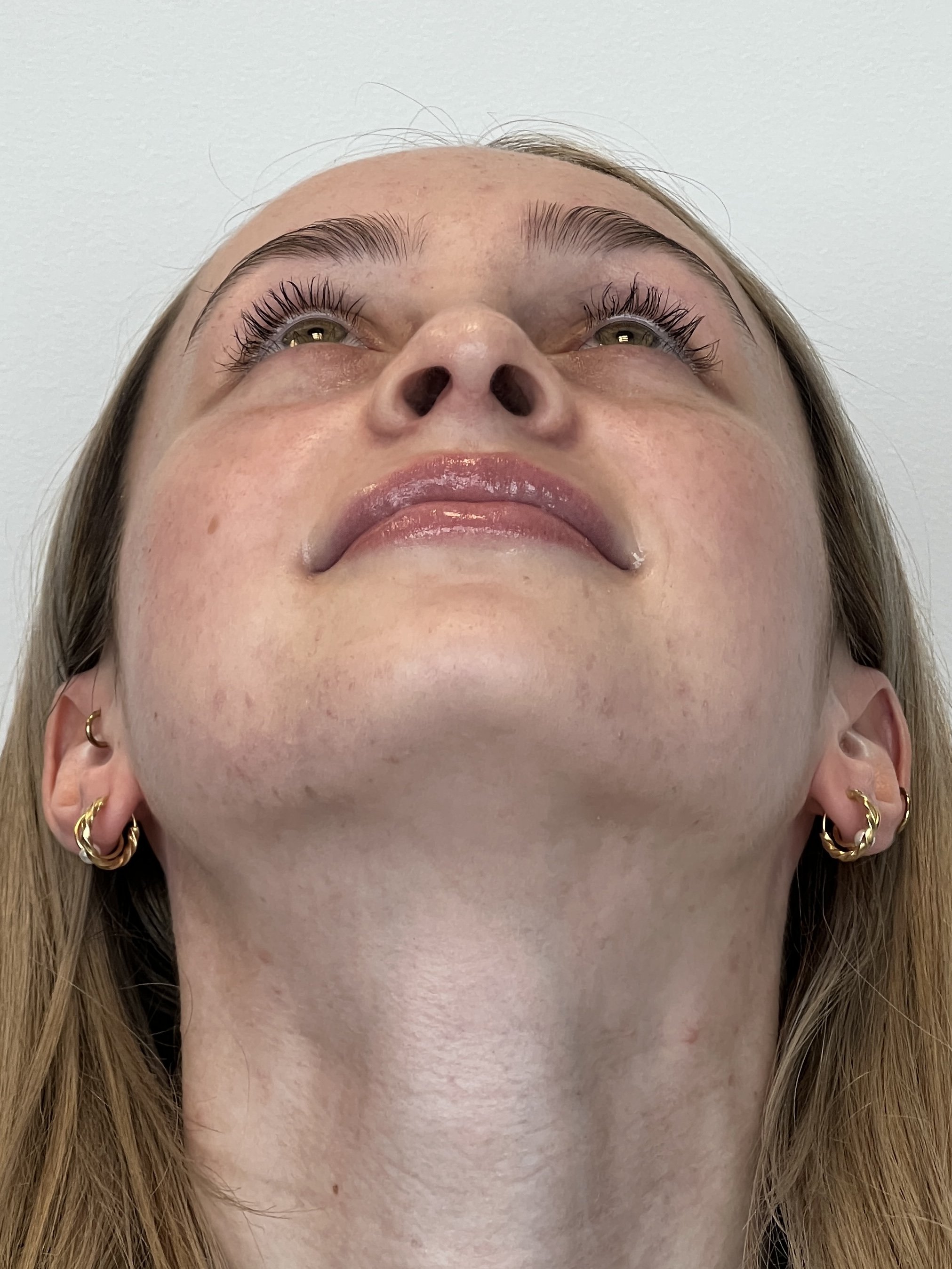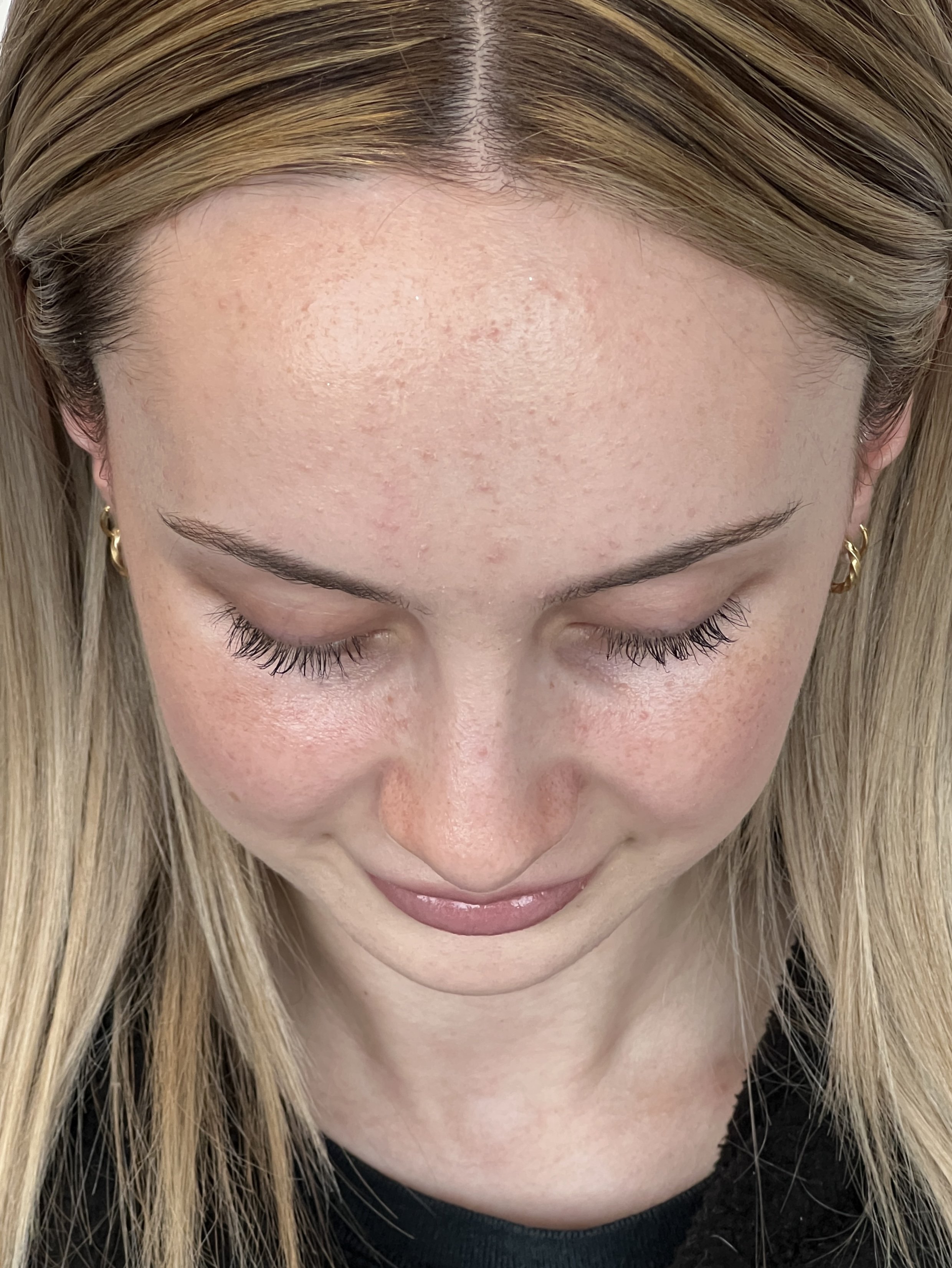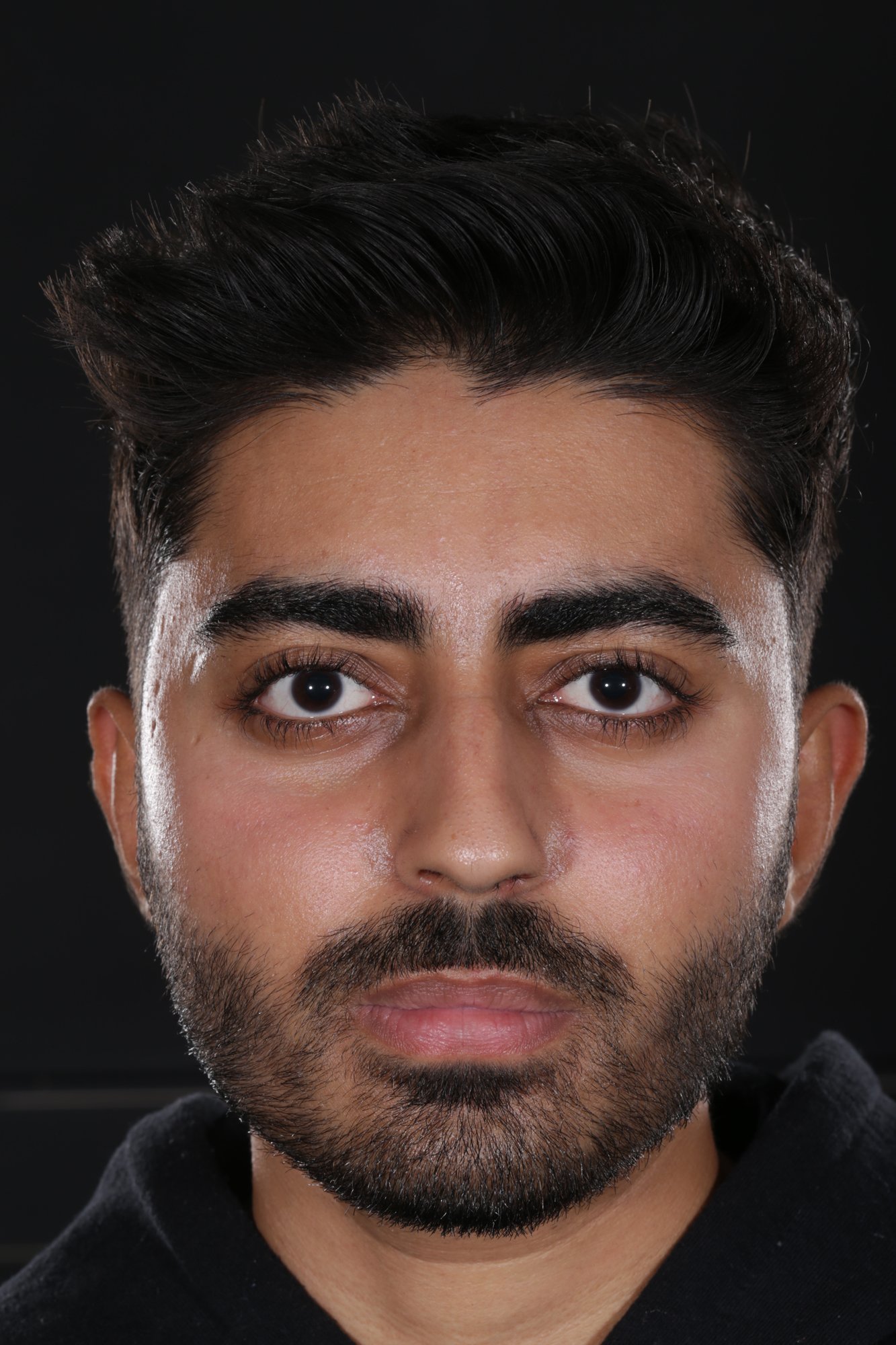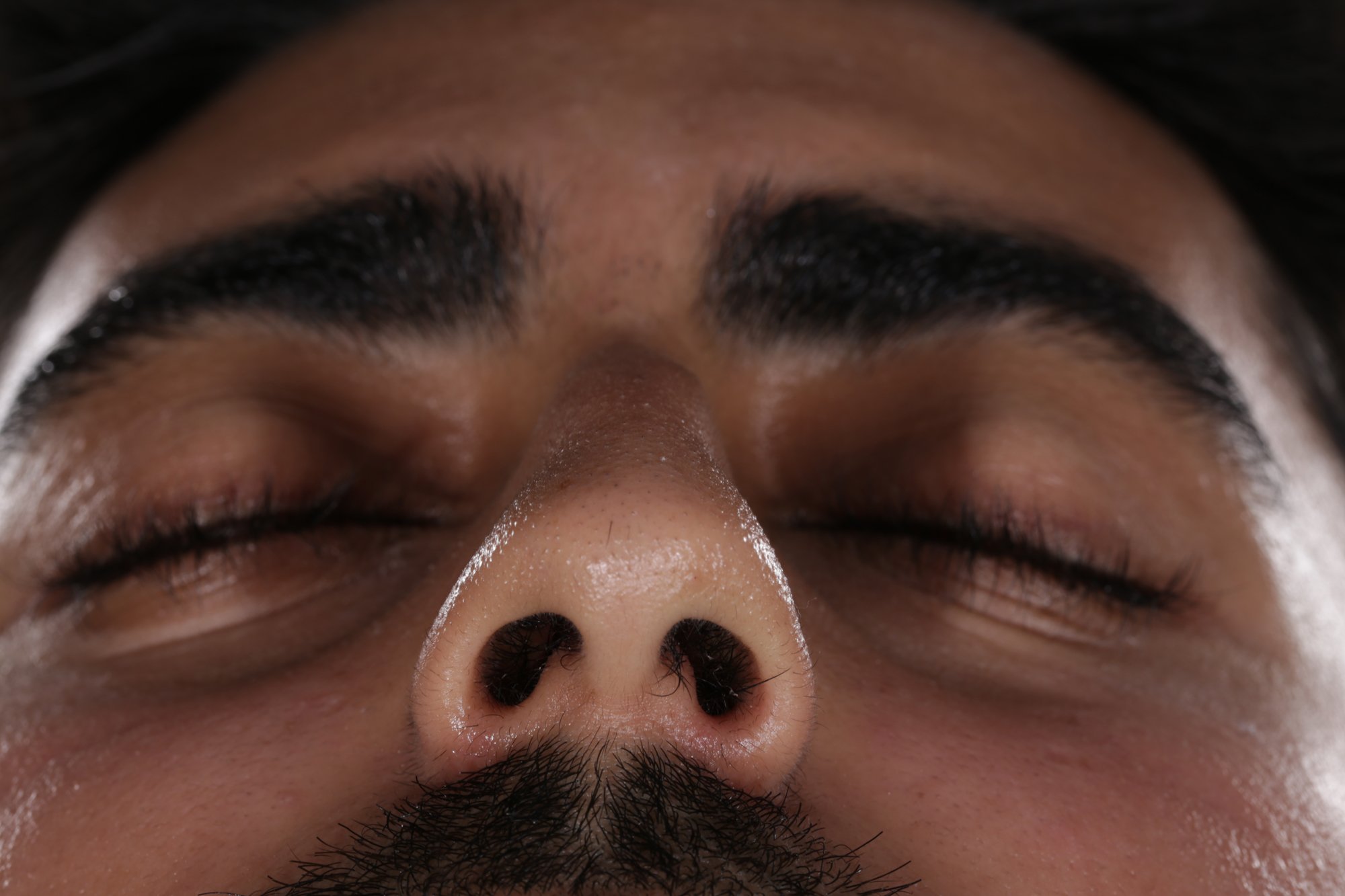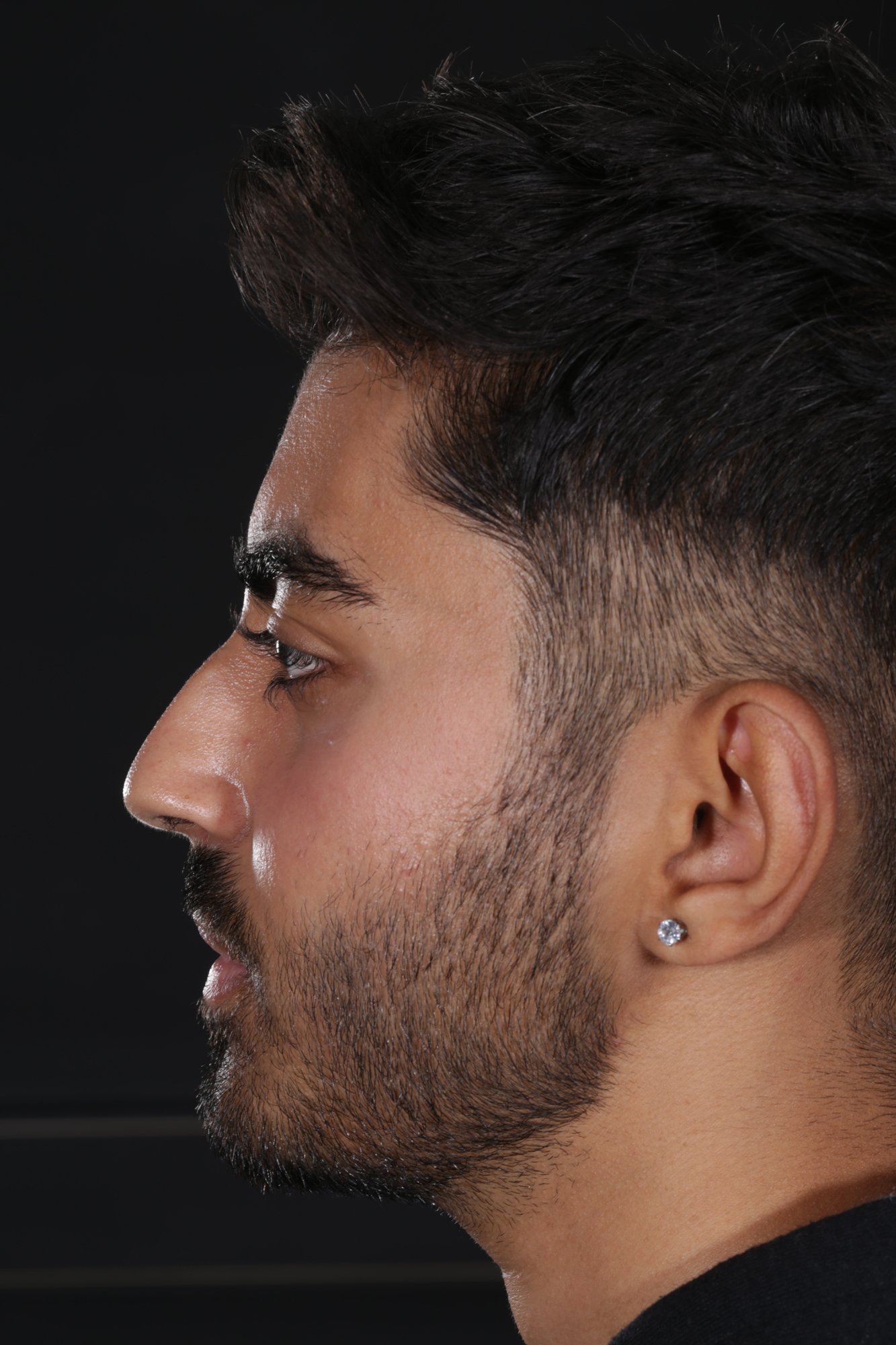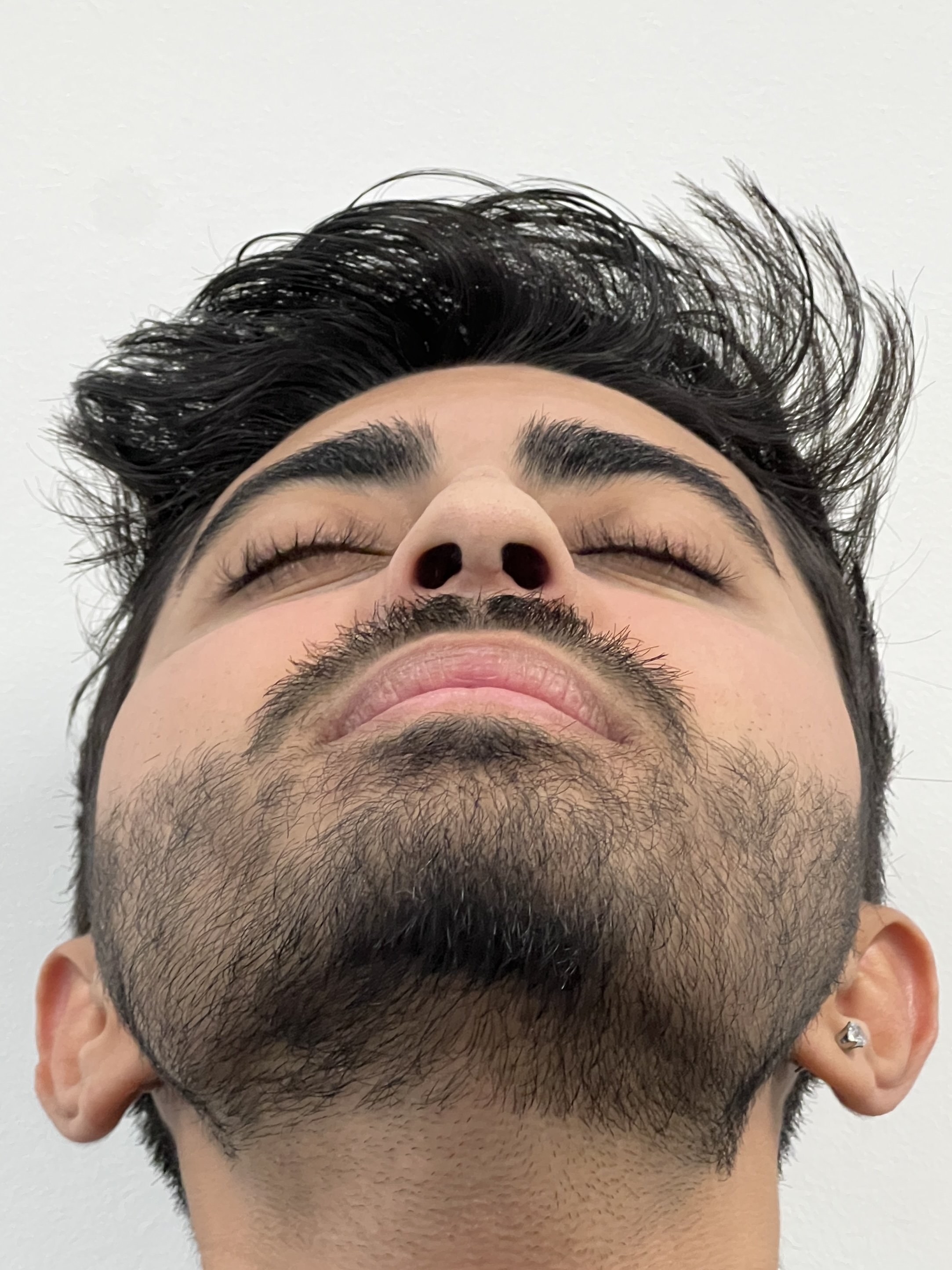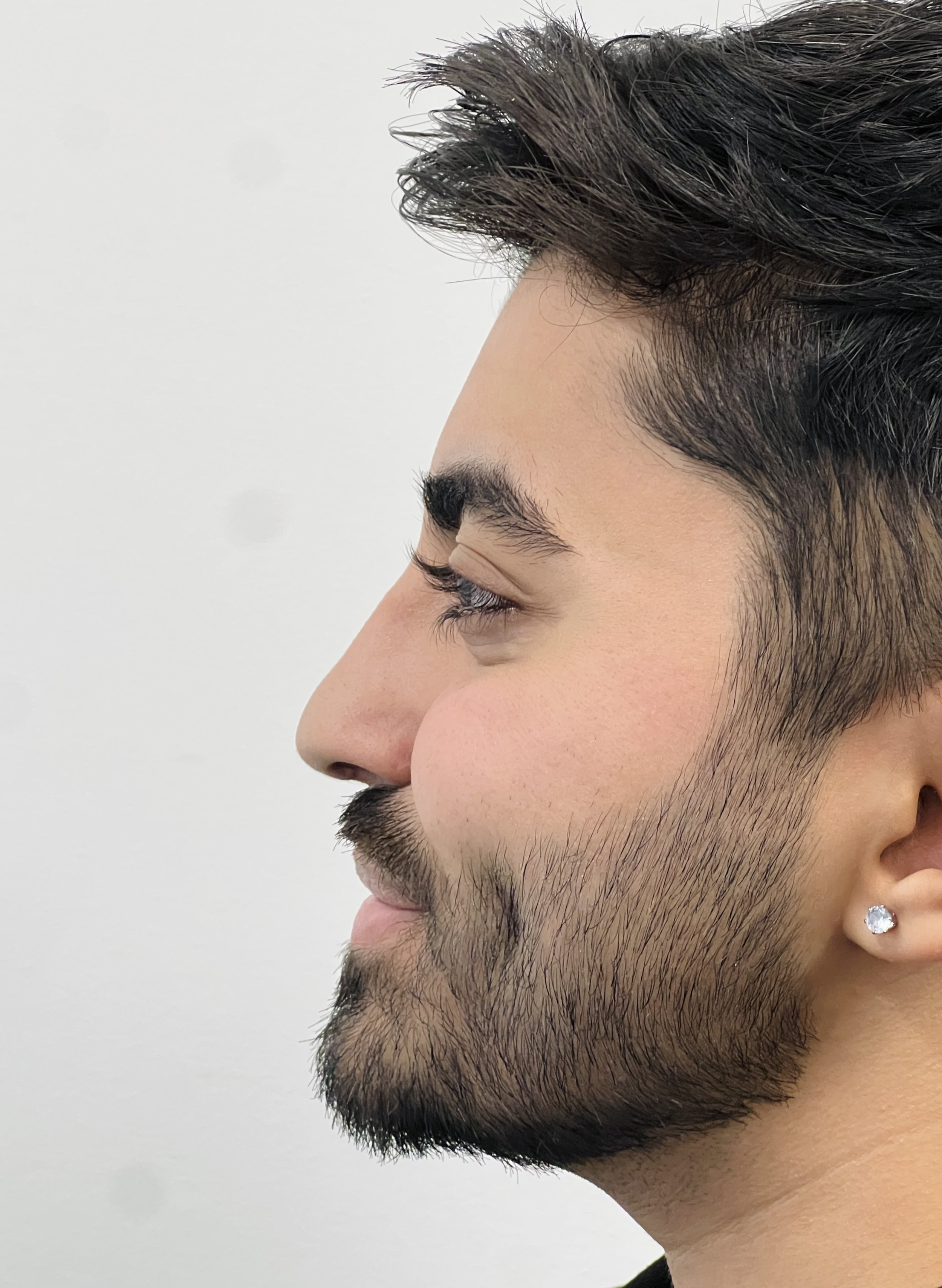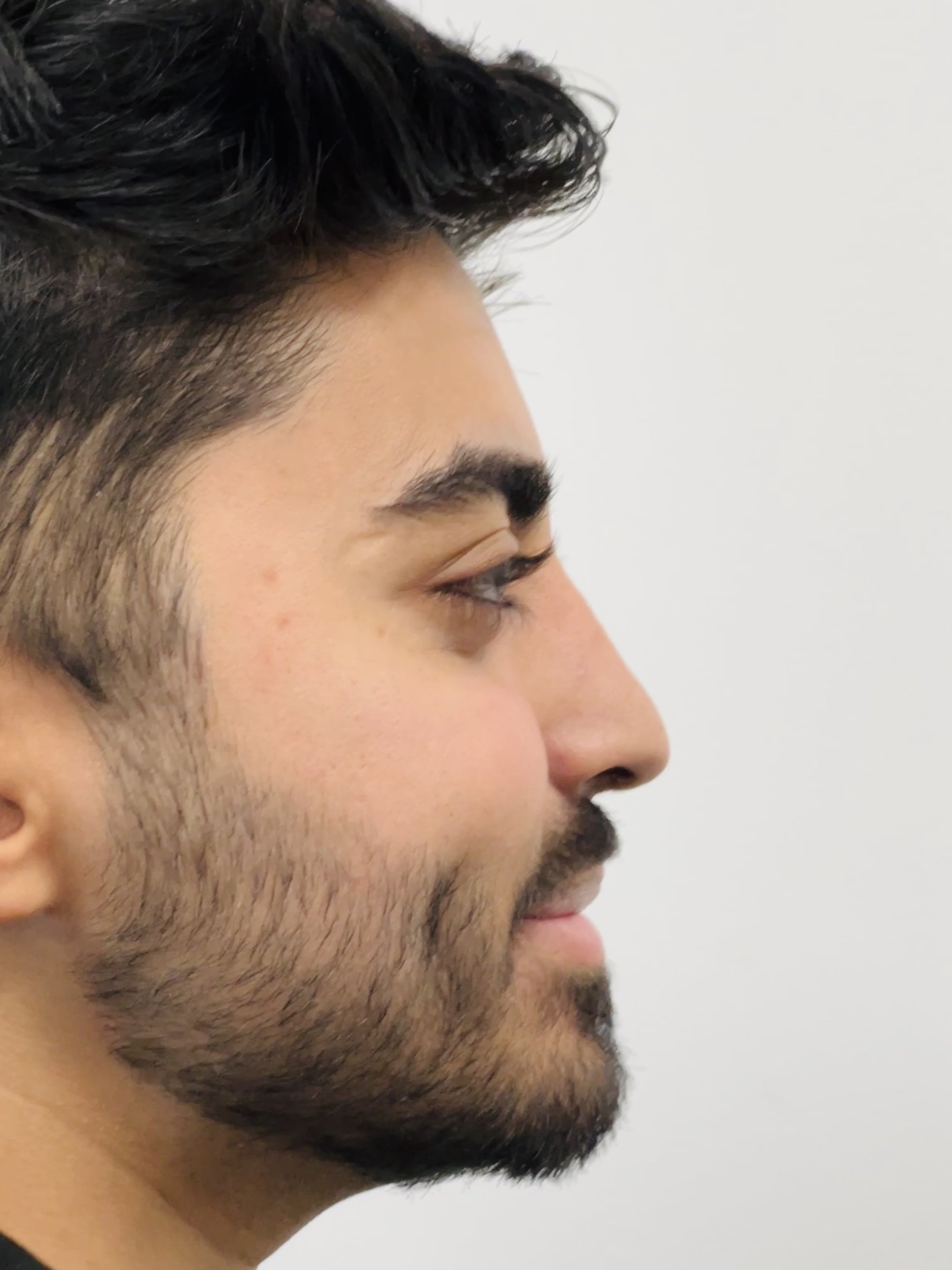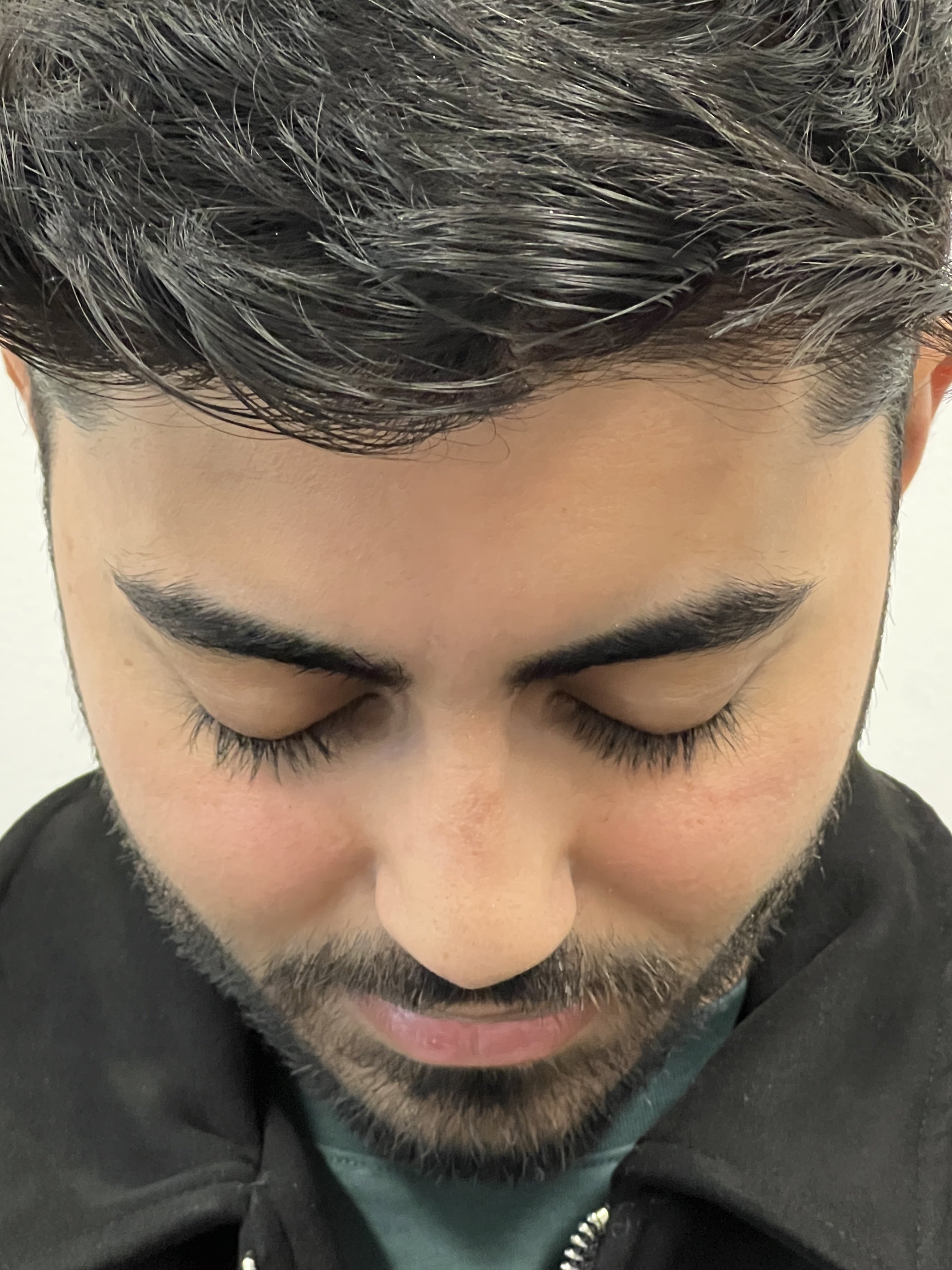Rhinoplasty (gallery below)
Functional vs Cosmetic Rhinoplasty
Rhinoplasty is usually described as functional or cosmetic.
The distinction lies in the main aim of the procedure. When an improvement in nasal breathing is the main goal of the nasal surgery, we call it a functional operation. This type of surgery may involve straightening the middle of the nose (septum) as well as the nasal bones and occasionally work is done to the nasal tip to correct drooping or collapse that occurs when breathing in.
Surgery that is done mainly for cosmetic reasons may involve correction of any or all components of the nose to improve the aesthetics of the nose. A significant proportion of rhinoplasty is done to correct both functional and cosmetic concerns. ENT Surgeons are well placed to perform rhinoplasty as they have a comprehensive understanding of how the nose and sinuses work as well as how the nose should look.
Assessment
Rhinoplasty operations are only performed after a thorough assessment. This involves a comprehensive history and examination of all aspects of the nose, ears and throat. Objective analysis of the face and formal photography is performed prior to planning any operation. Understanding patient concerns and having a realistic approach to outcomes is critical for this type of surgery. This often takes 2 or more consultations, preferably with partners or relatives present.
Procedure
All nasal surgery is done under general anaesthetic and can sometimes be performed as a day procedure. Rhinoplasty is generally done as with "open" or "closed" approach. Open rhinoplasty involves an incision between the nostrils and allows excellent exposure of the entire nasal skeleton. It is longer and more complex than the closed approach which is done via inicisions inside the nose. There are many different techniques described for the management of each particular aspect of the nasal anatomy and are too numerous to list here. Surgery often takes between 2 and 4 hours.
Recovery is usually a week or so and a plaster splint will sit on the nose for 7 days. Bruising and swelling is highly variable and depends on many different factors.
Post operative management
Please click here to read about post-operative management of a rhinoplasty operation.
Costs
My fees reflect what I believe is fair for a complex procedure that requires a lot of planning, additional training and close post operative care. Costs will vary according to the nature of the procedure required and full financial consent will be obtained well before surgery. Contributions from Medicare and your private health fund, as well as quotations from the relevant hospital and anaesthetist will also be provided. The cost of the surgery generally includes any post operative visits up to 1 year after the procedure.
Outcomes
Every nose is different and careful planning is needed before surgery. Realistic outcomes can usually be achieved in the vast majority of cases, although these can take 6-12 months to achieve.
Please see below for some examples of pre- and post- surgical outcomes. Please note some of these are only after a short period to illustrate what to expect at different stages of recovery.
Written permission has been obtained from each of these patients.
Patient 1. Top is before surgery, Bottom is 12 months post op.
Patient 2 - Top is before surgery, Bottom is at 12 months after surgery
Patient 3 - Before surgery
Patient 3 - 1 week after surgery. Dressings have just been removed. Note significant swelling which will recede over the coming weeks
Patient 3 - 3 Months post op. Notice swellng significantly reduced and tip definition becoming clearer.
Patient 4 - Top is before surgery, bottom is 4 months after surgery
Patient 5: Top is before surgery, Bottom is 6 months after surgery.
Patient 6: This patient had trauma to the nose as a newborn with scars under the nose causing uneven nostrils. Top photos are before surgery, below is post op after 5 months.
Patient 7: Top photos are before surgery, Bottom photos are 5 months after surgery
Patient 8: Top photos are before surgery. Bottom photos are 3 months after surgery
Patient 9: Top photos are before surgery. Bottom photos are 12 months after surgery
